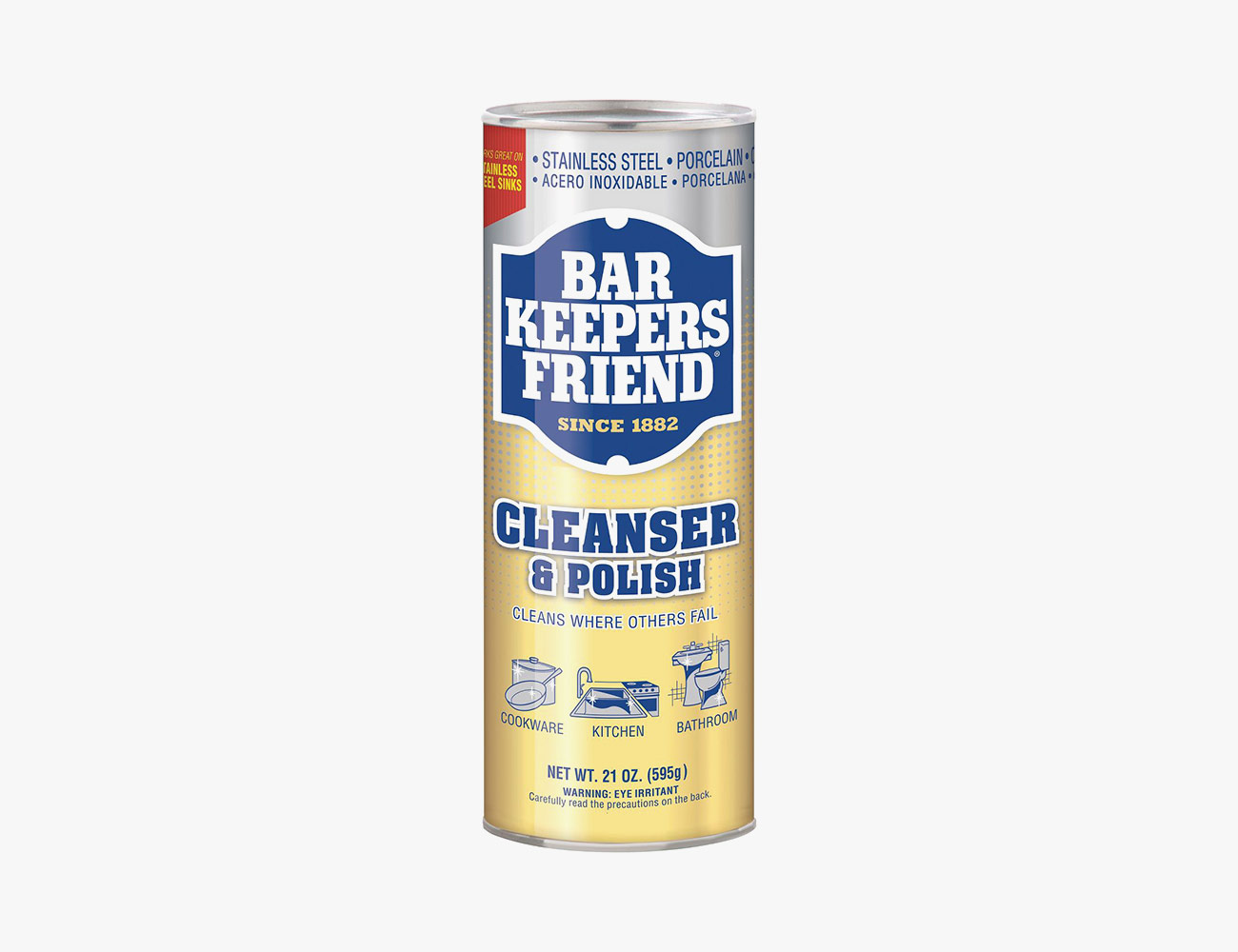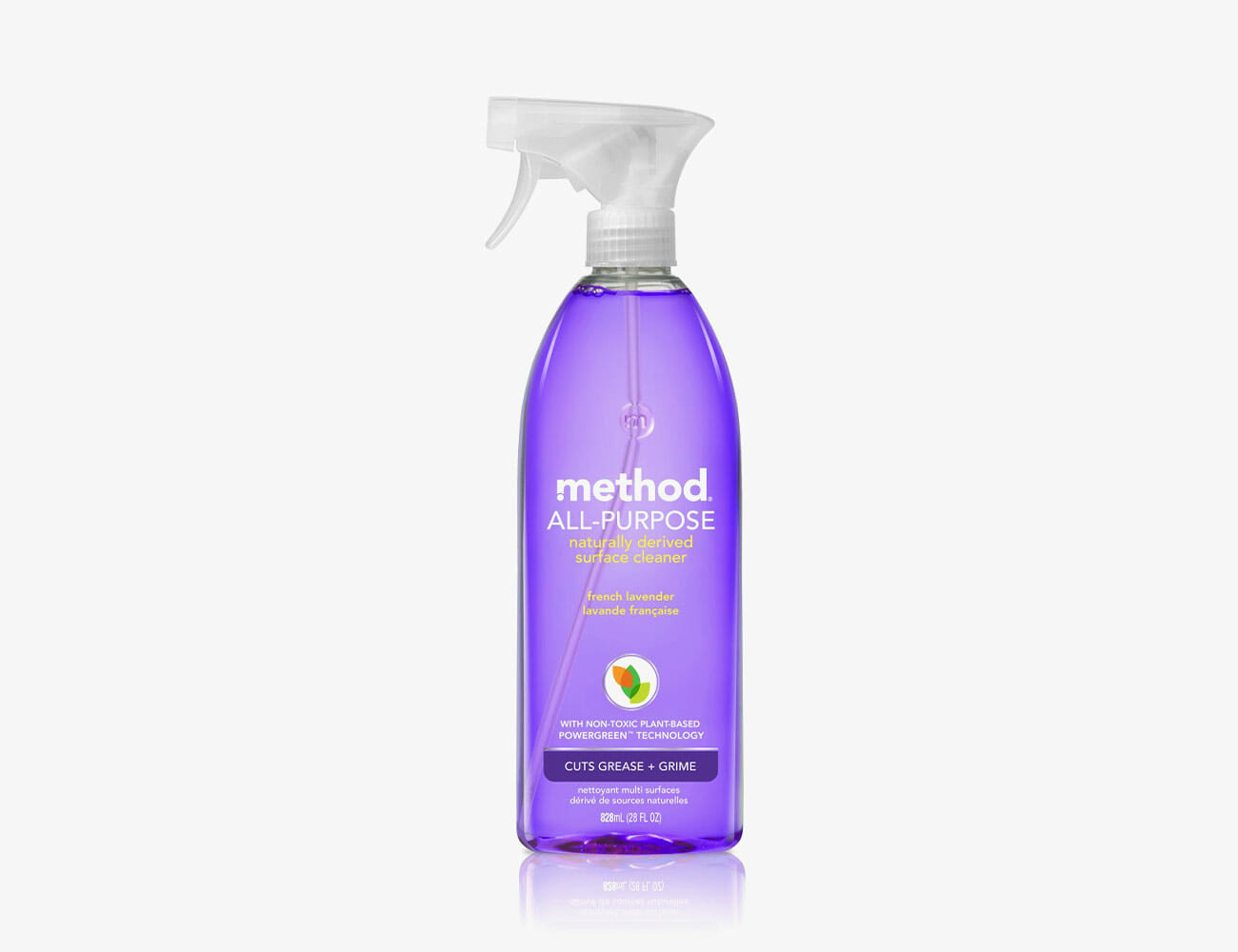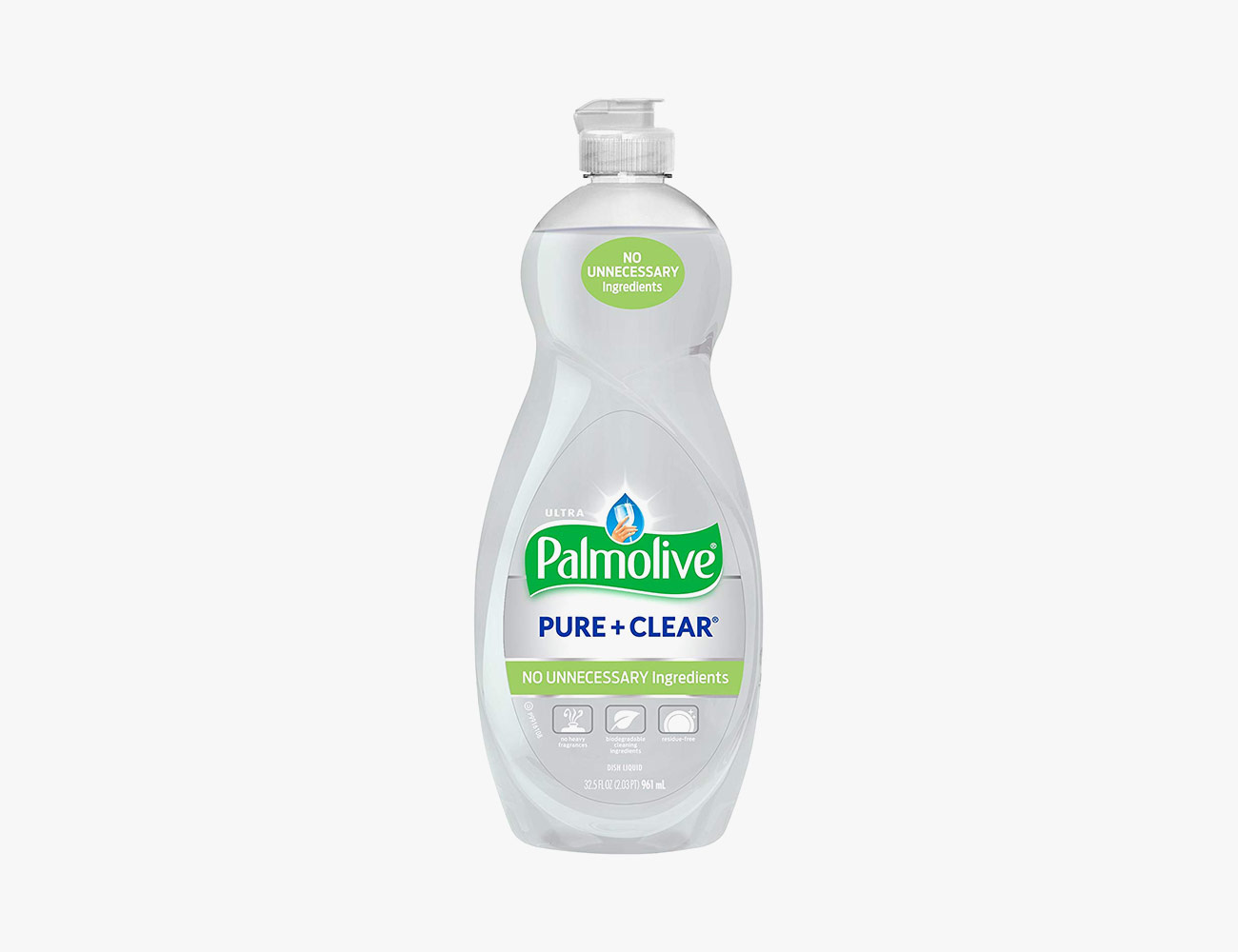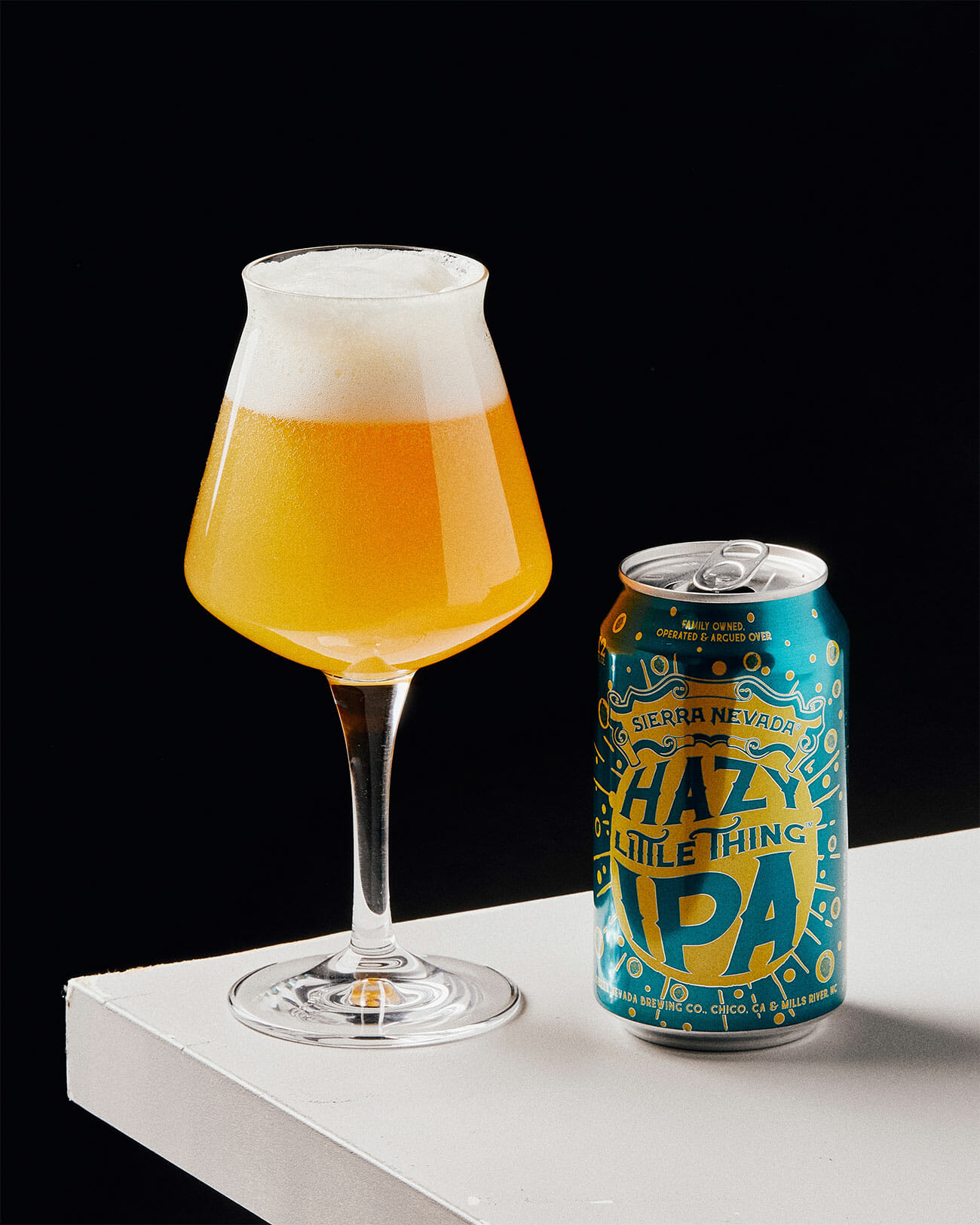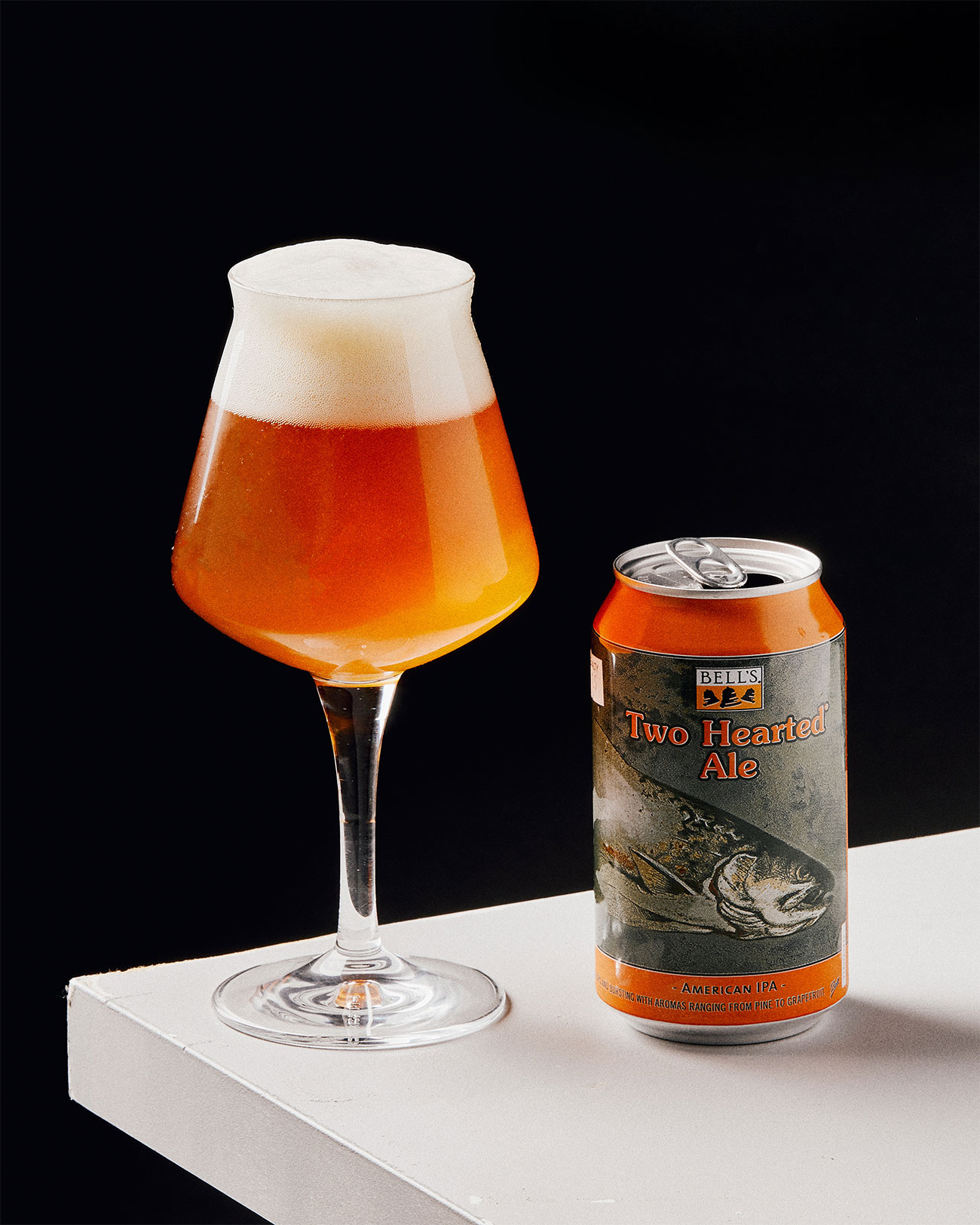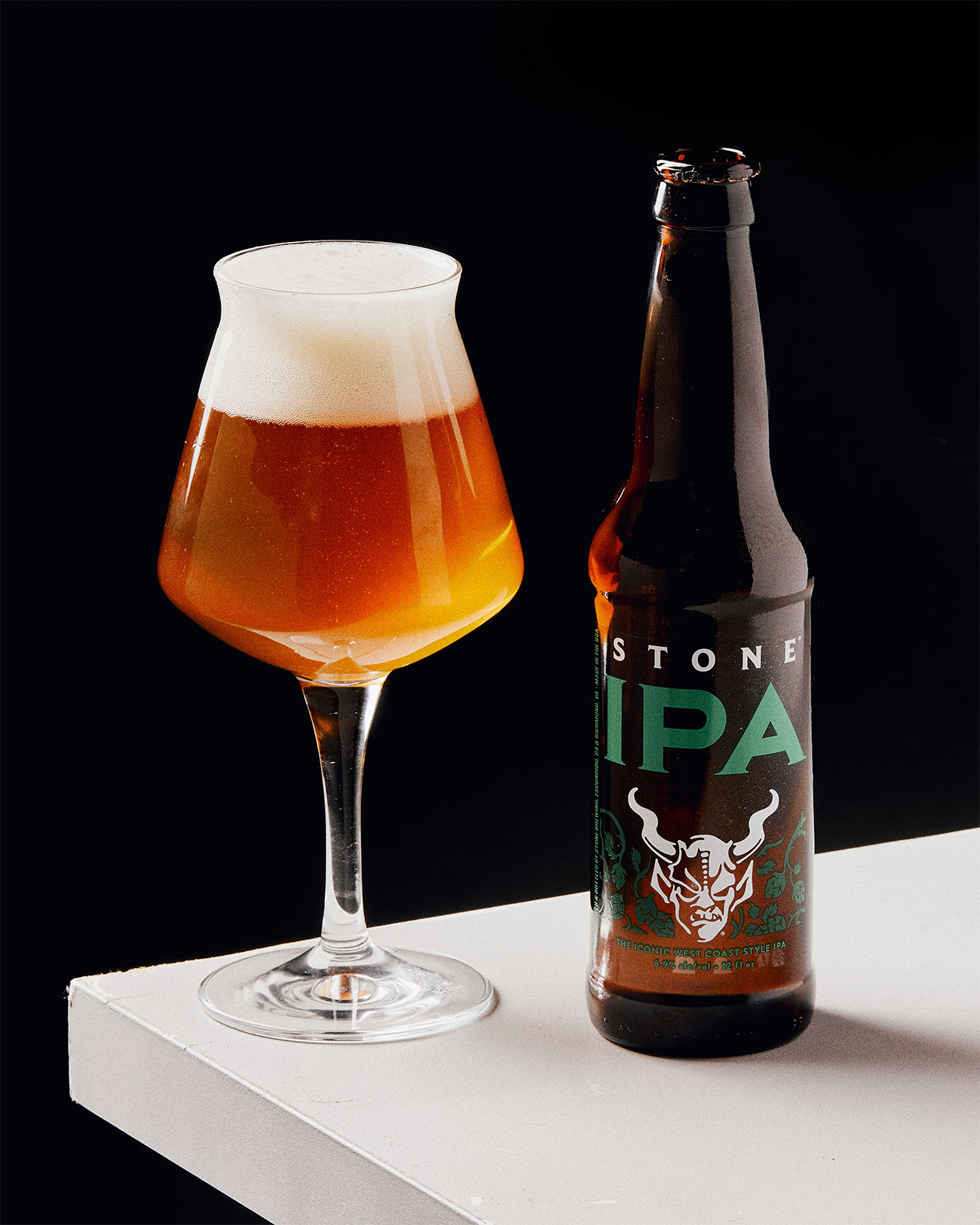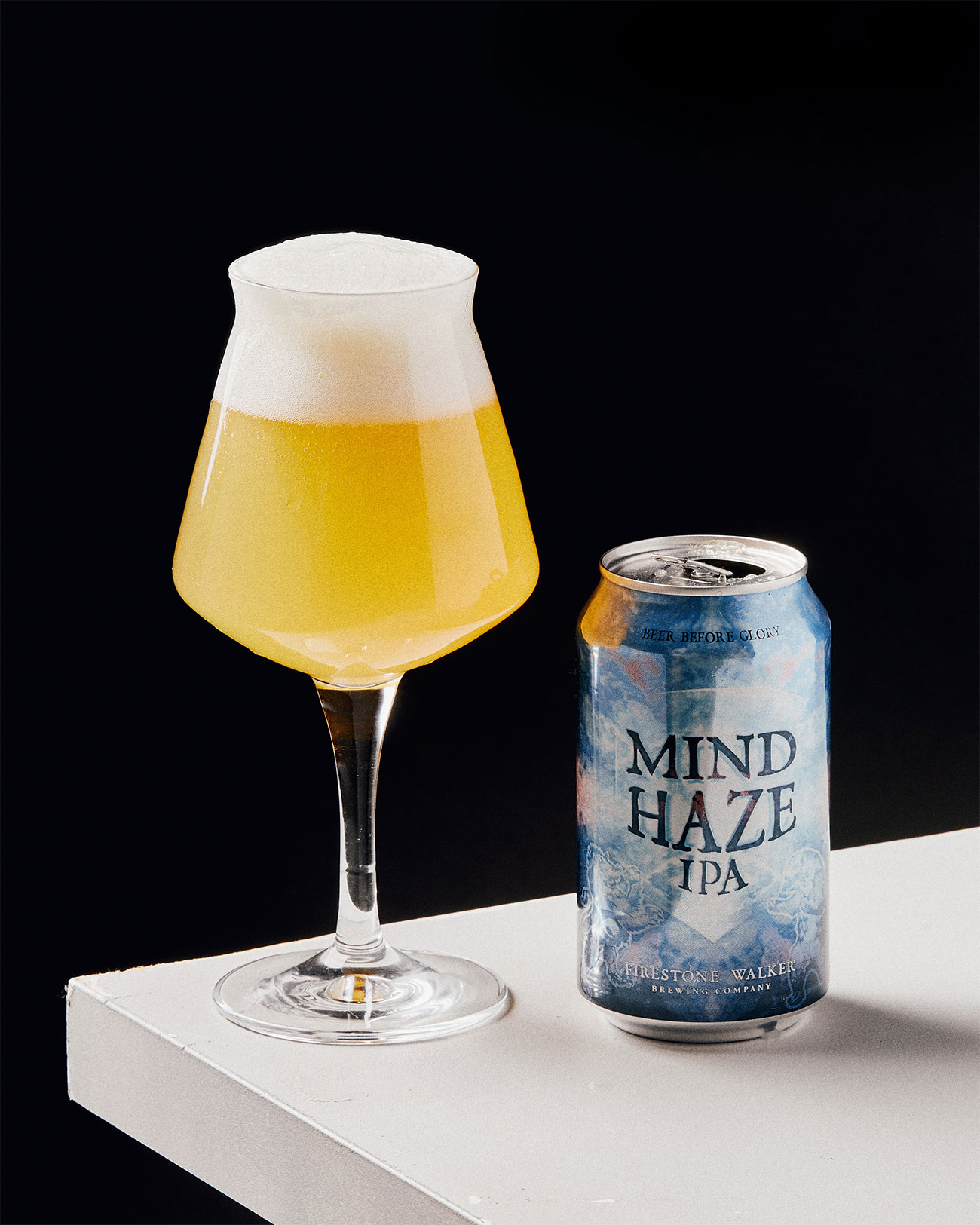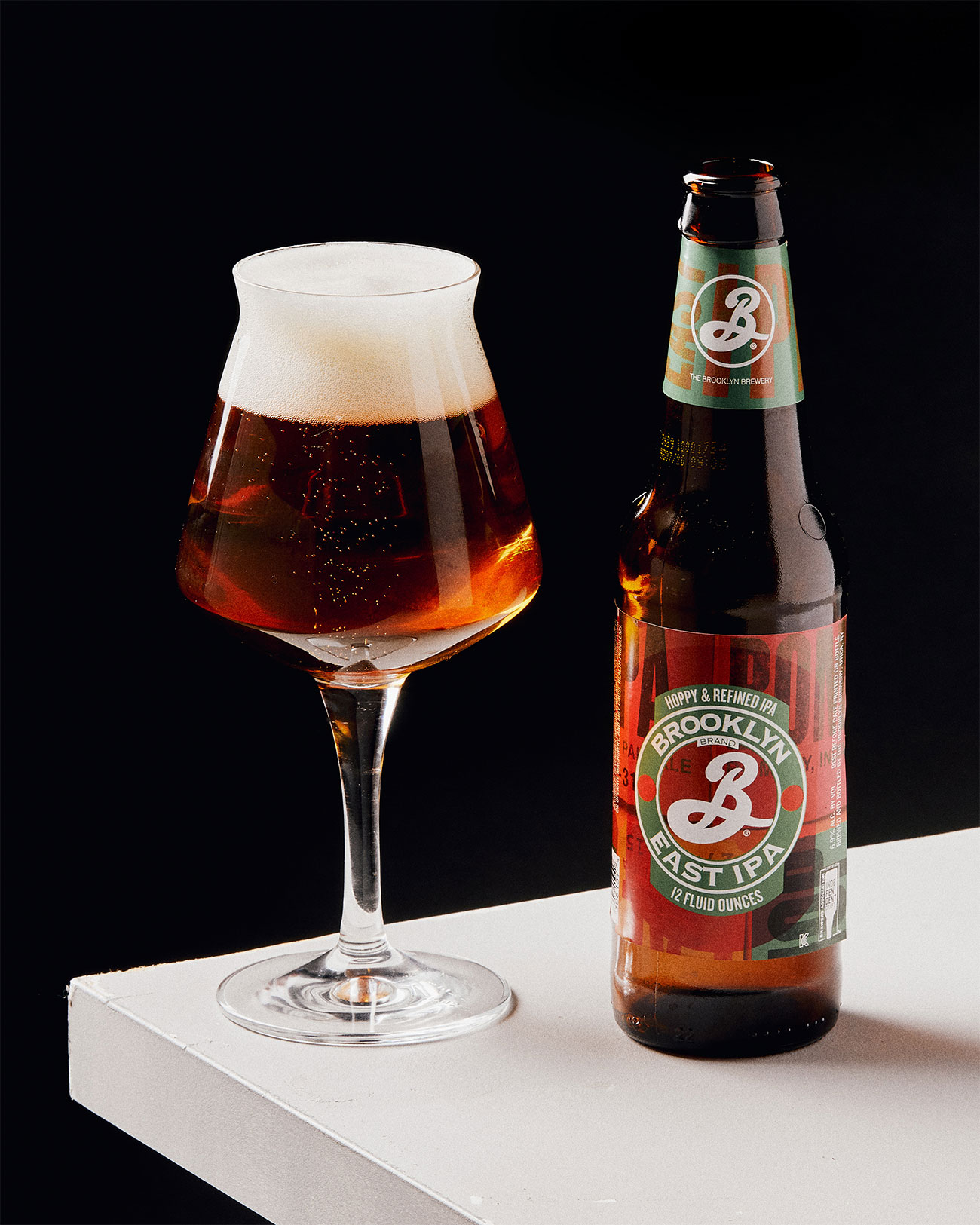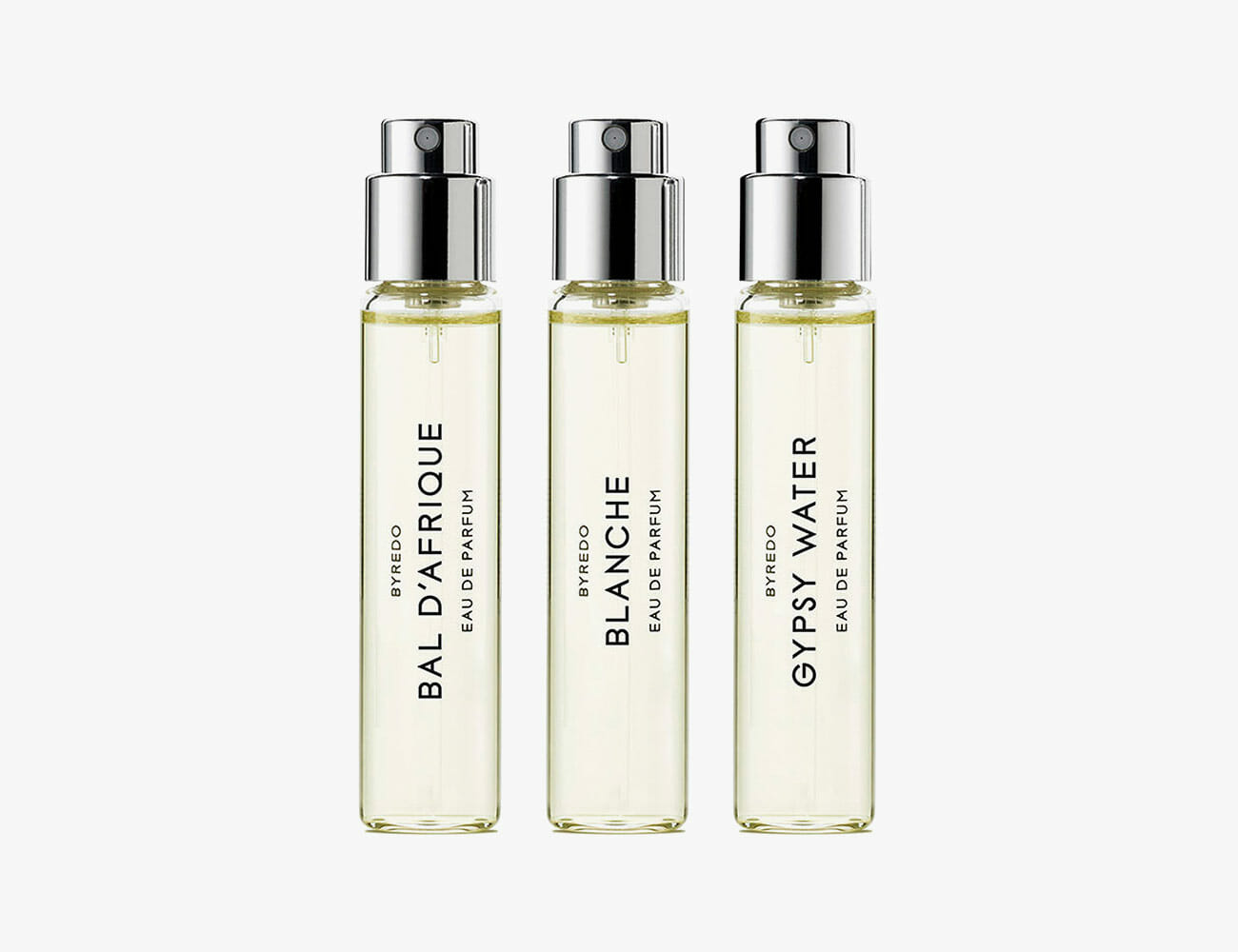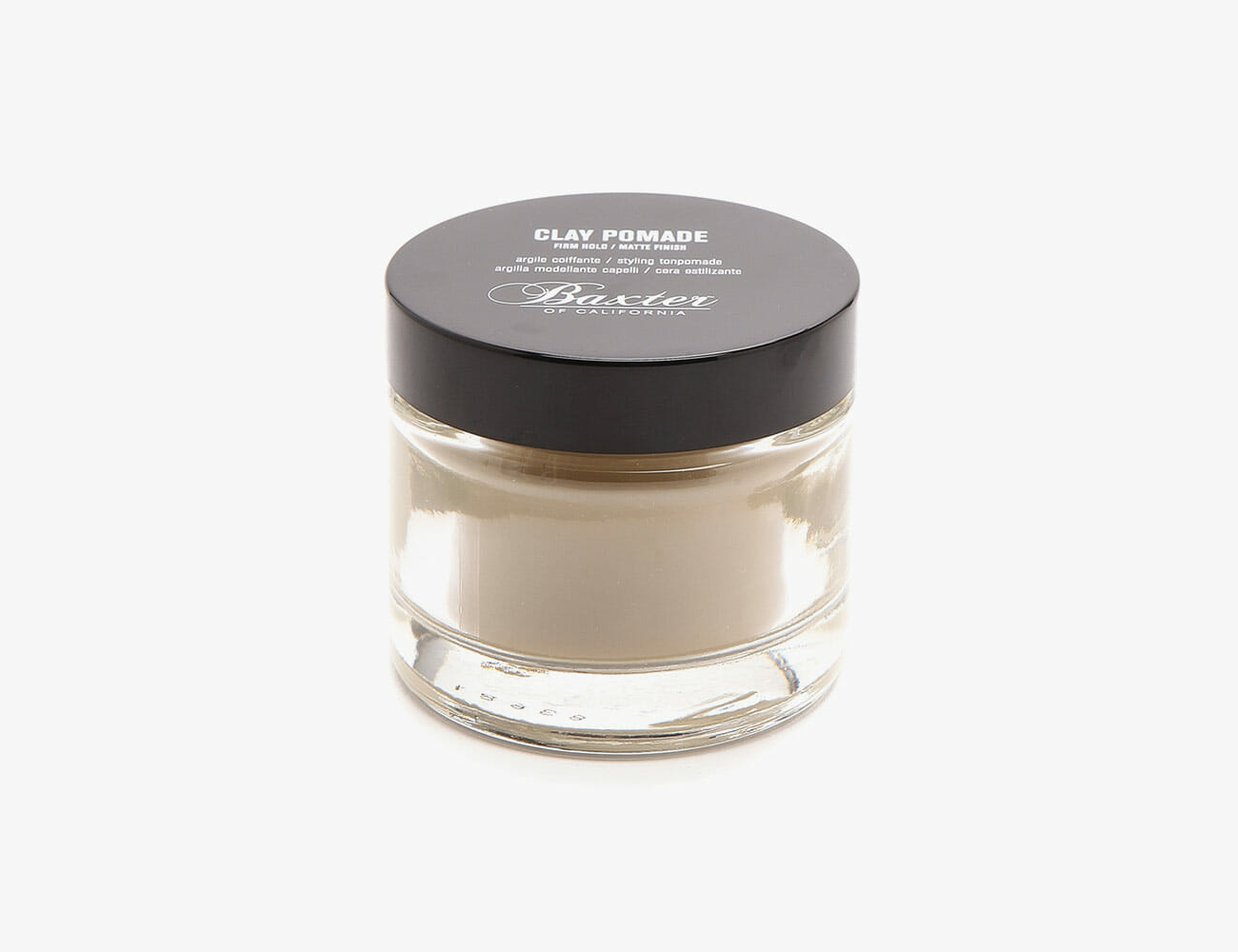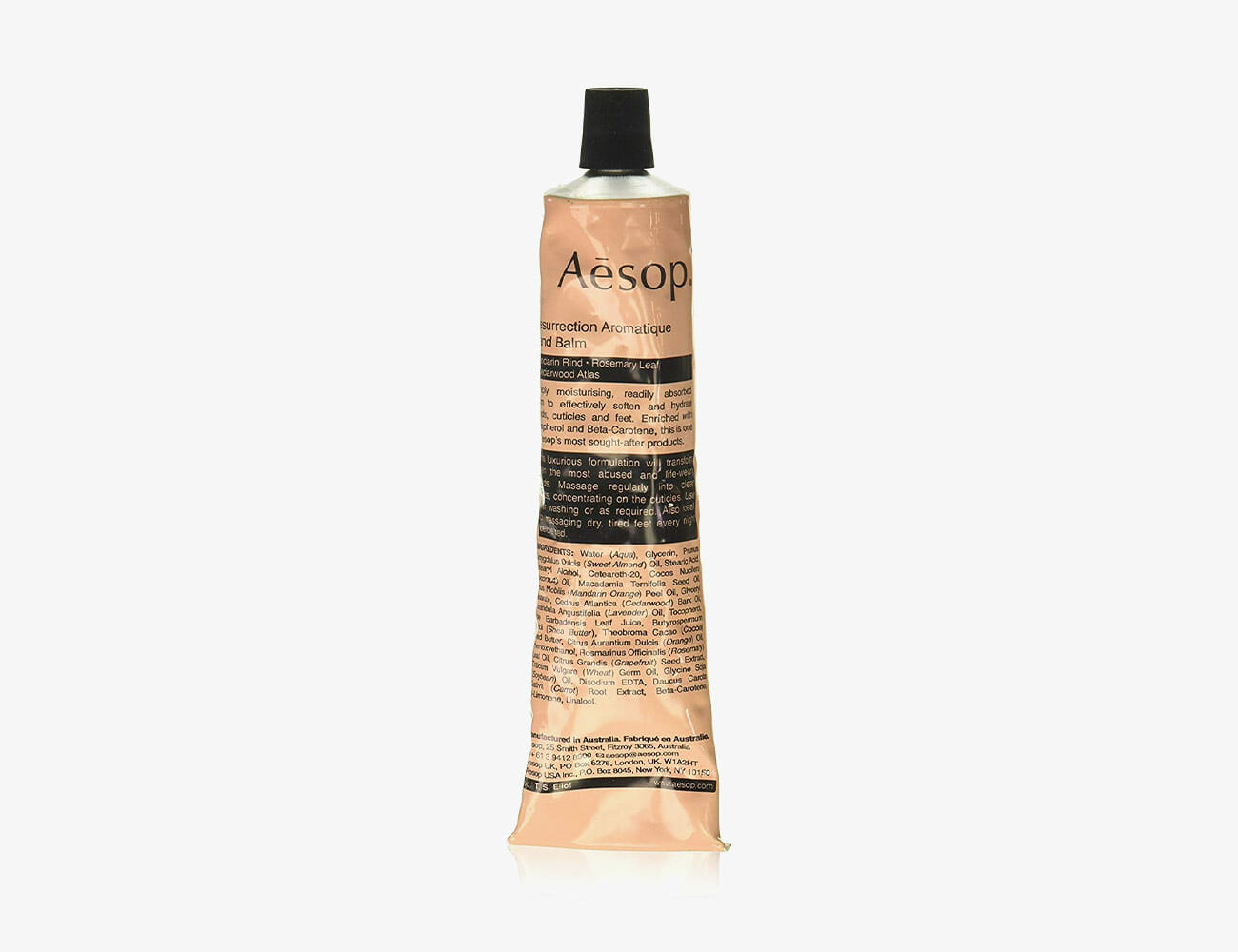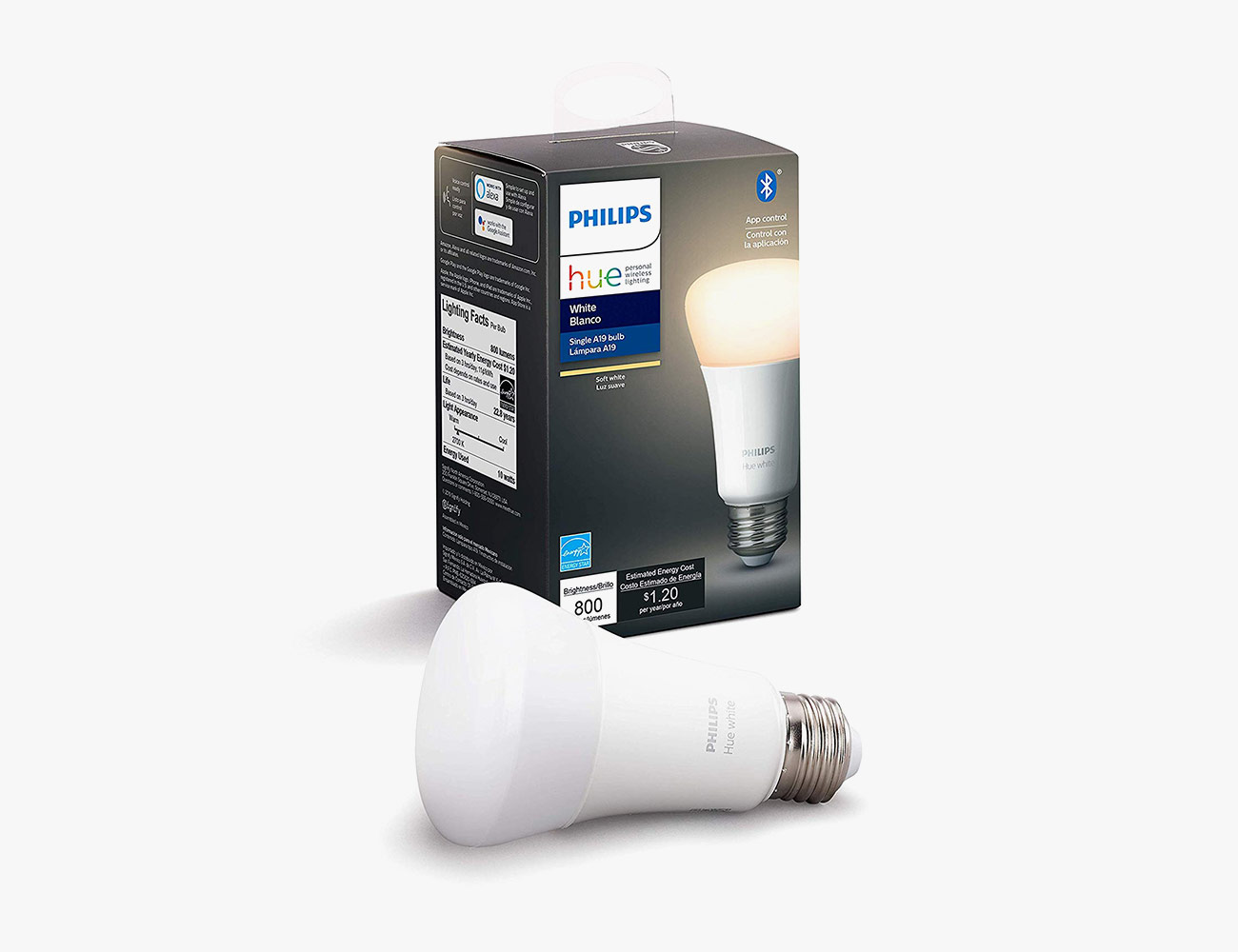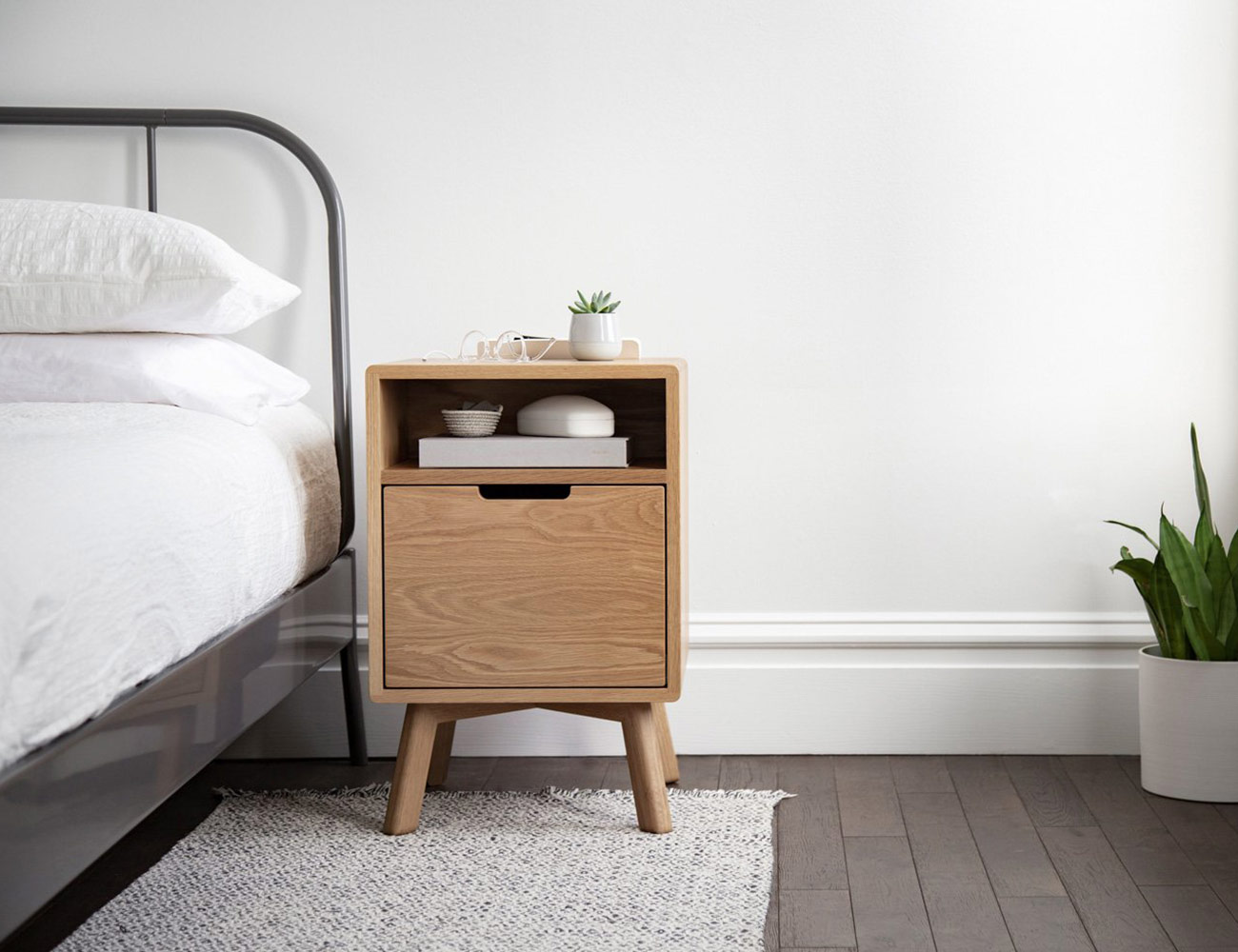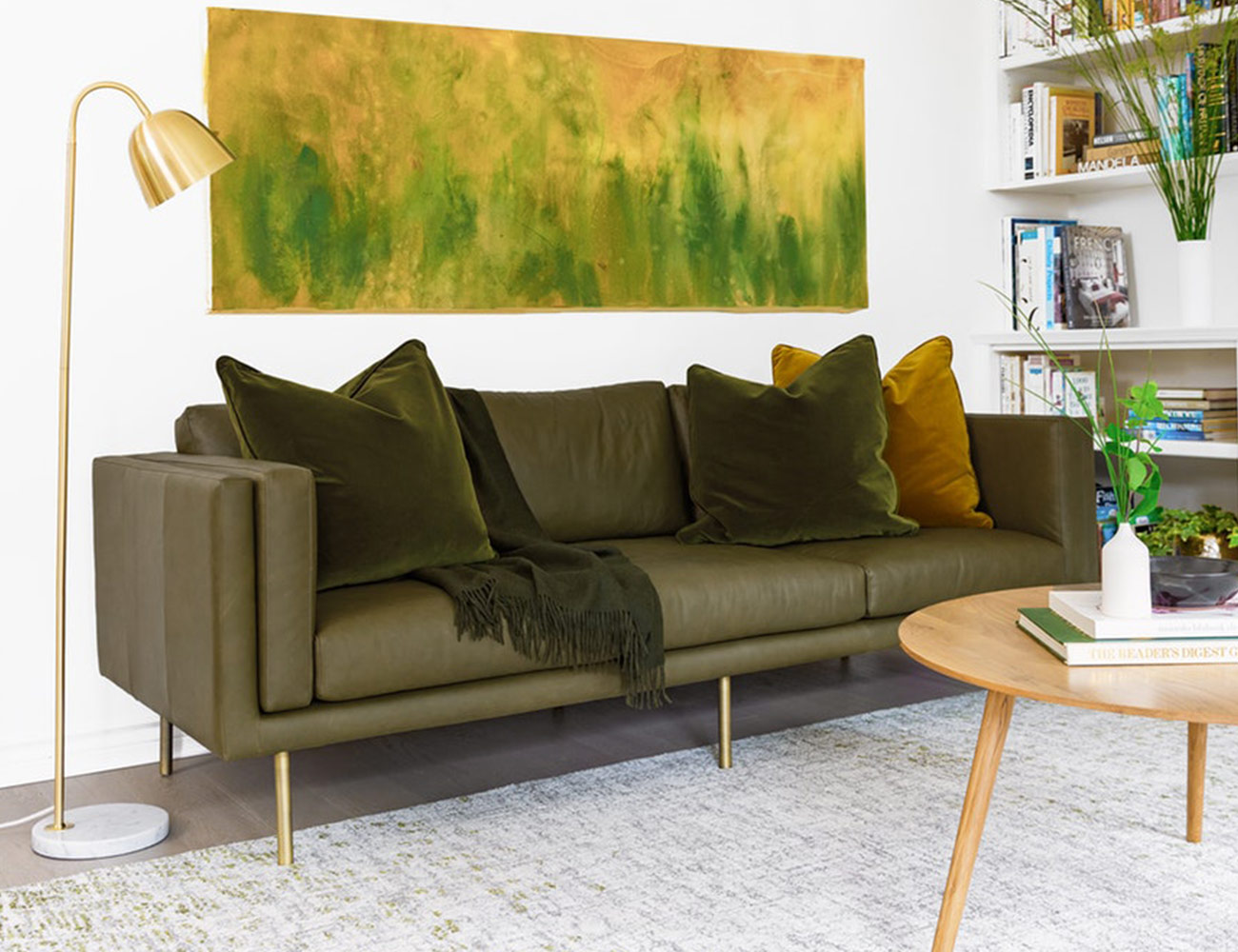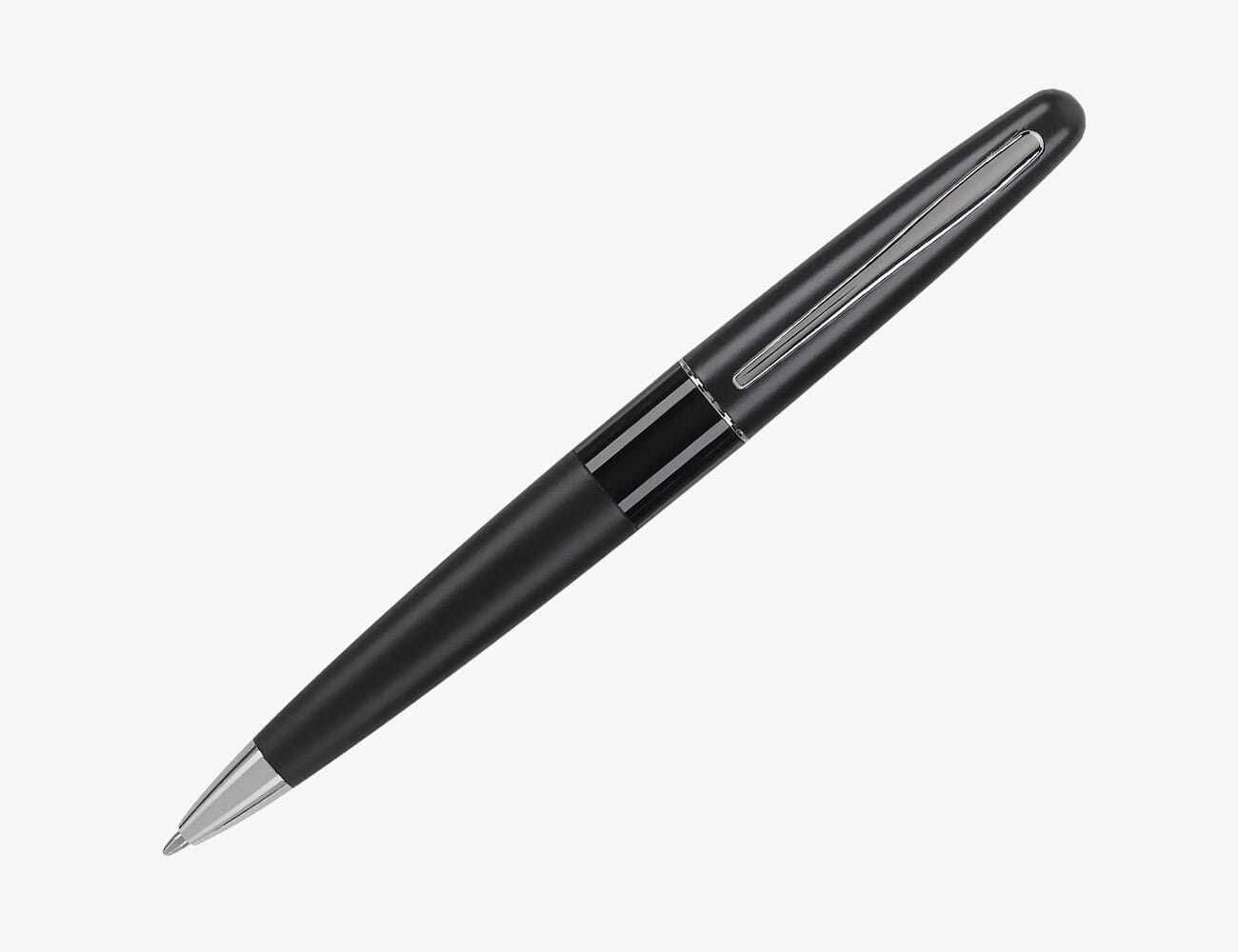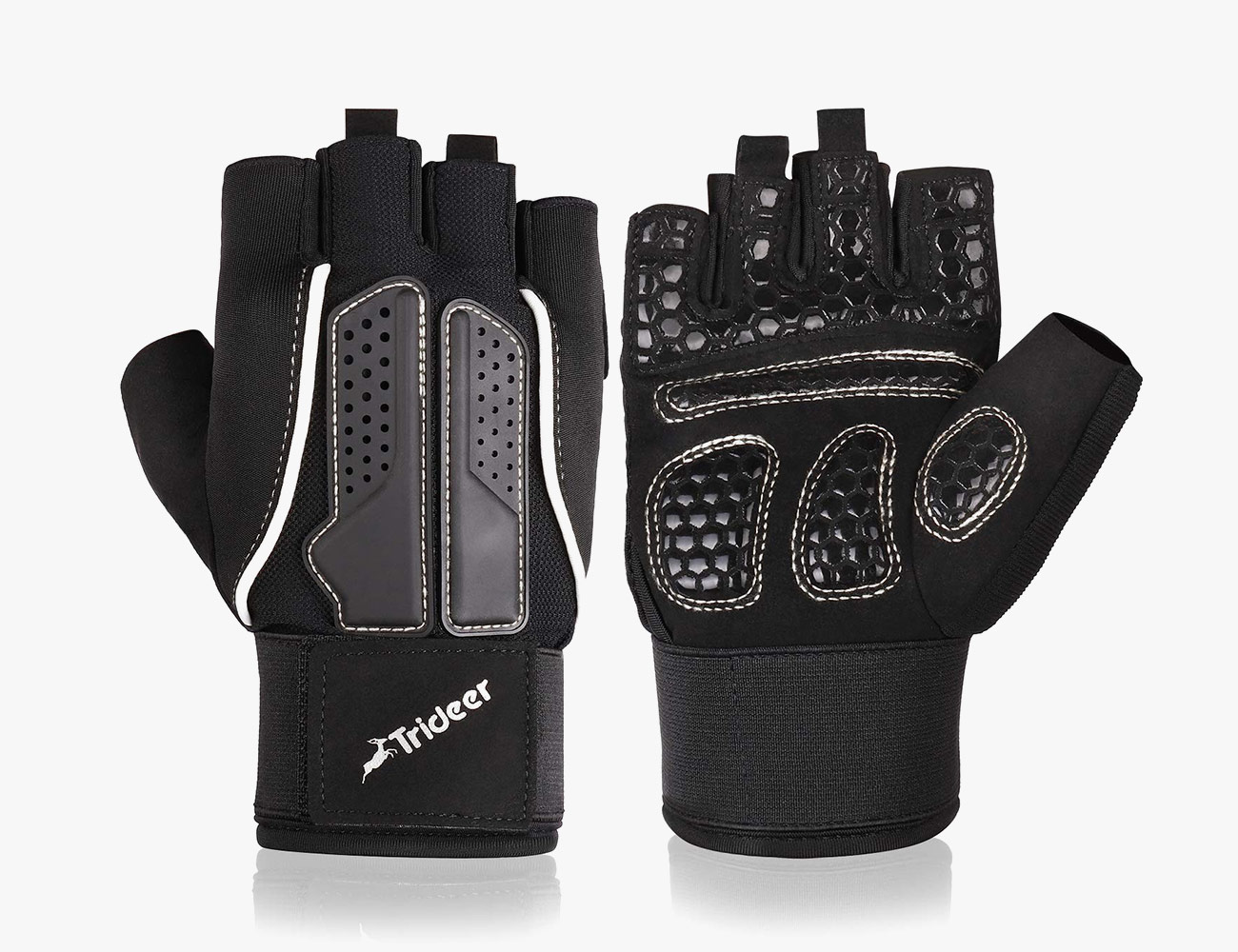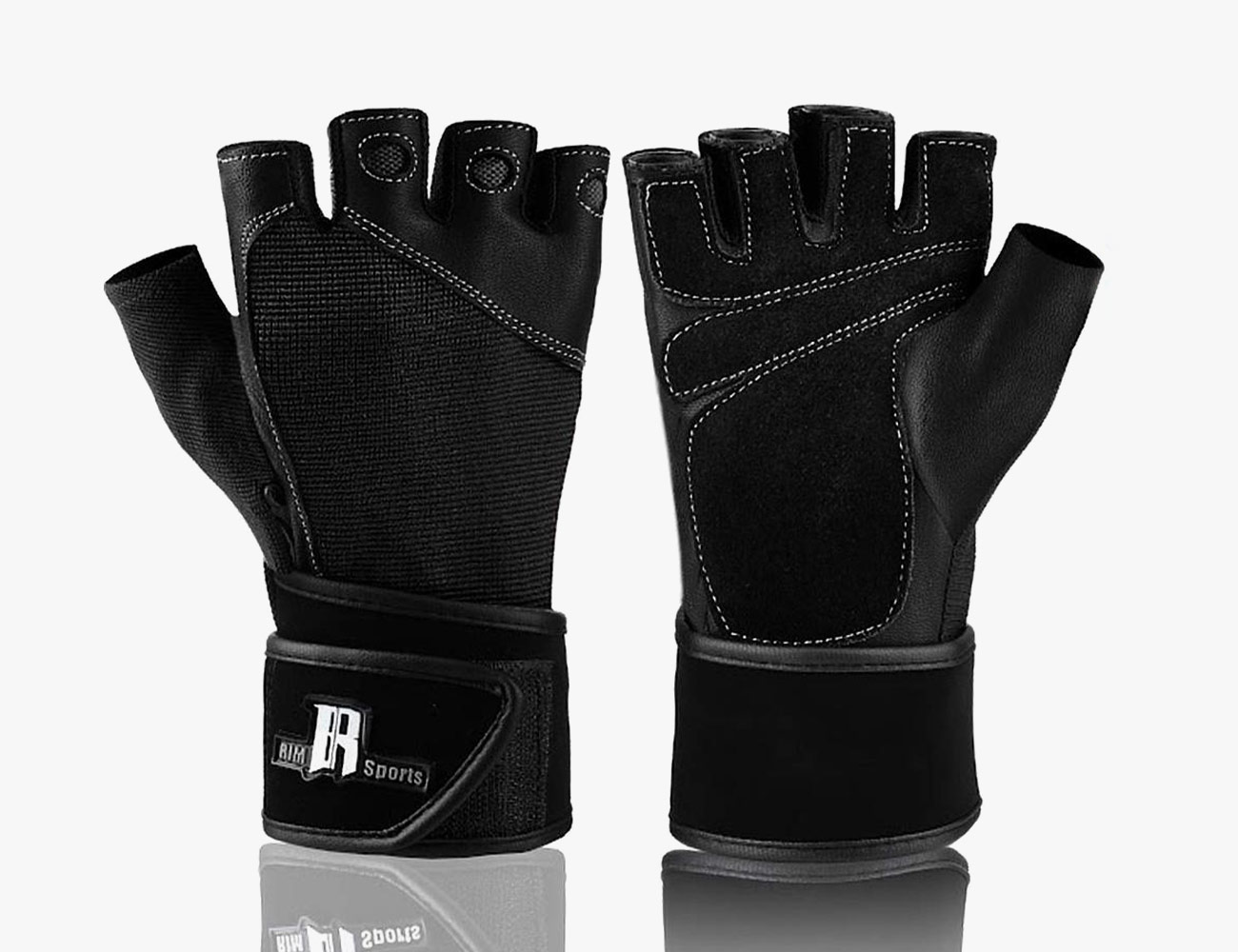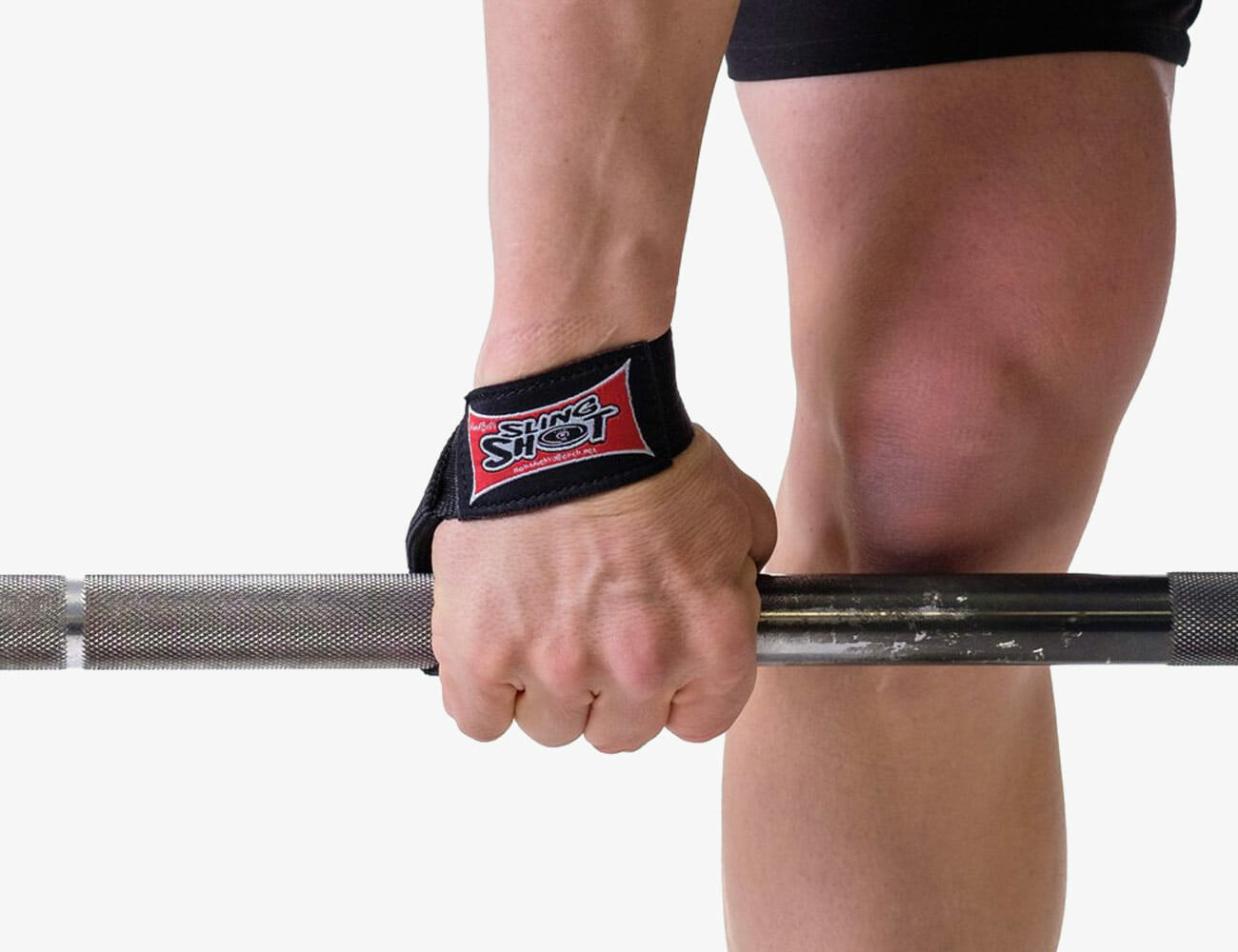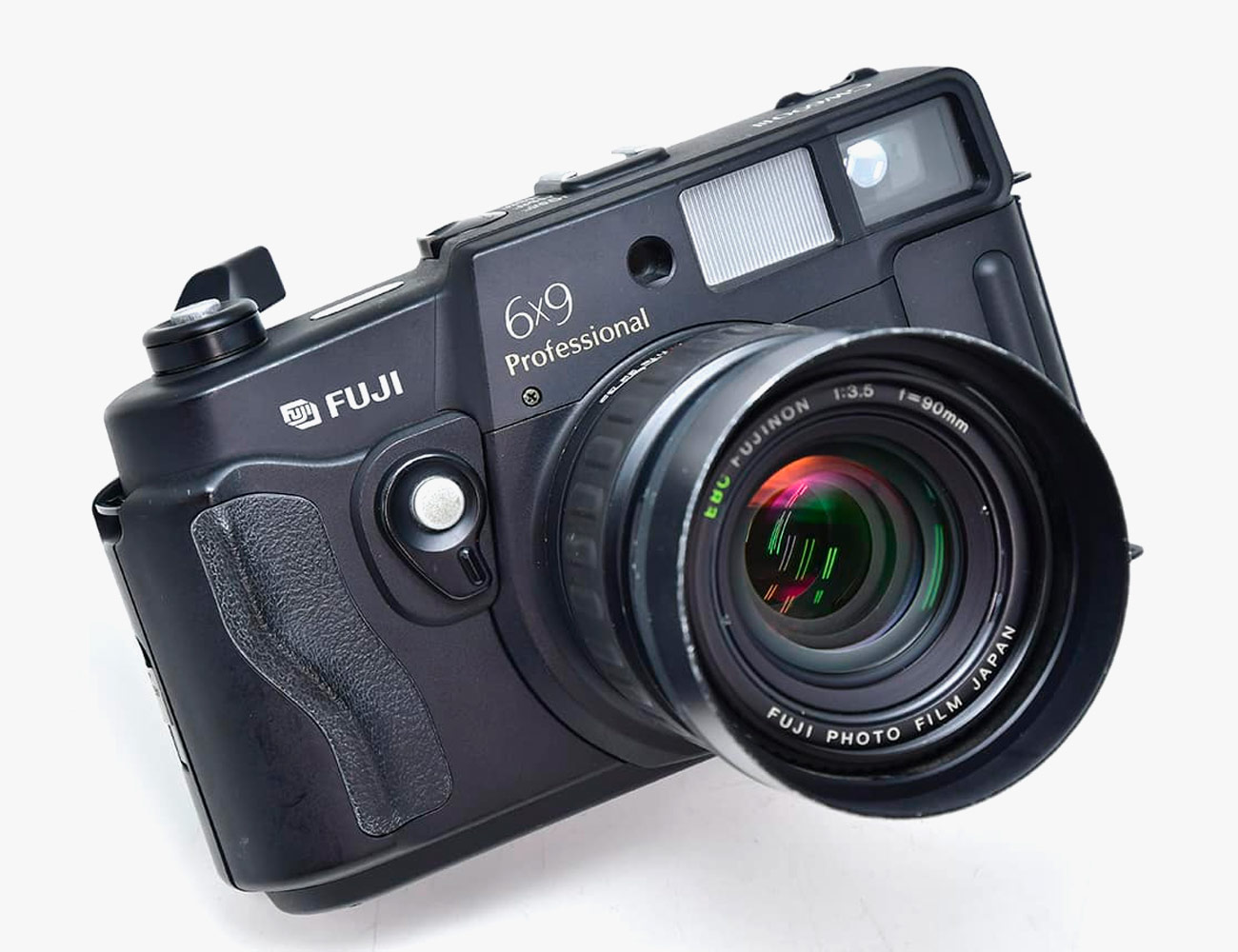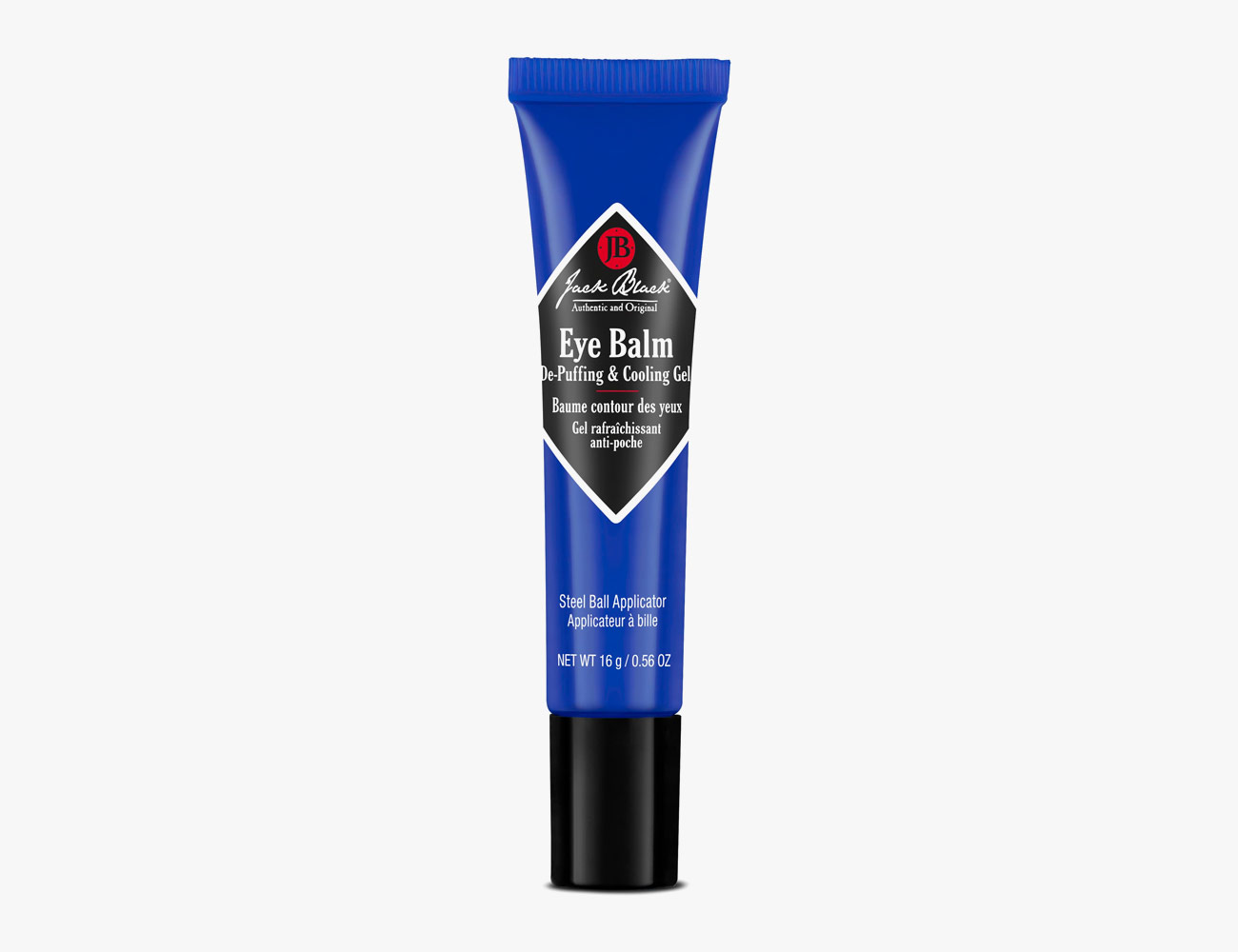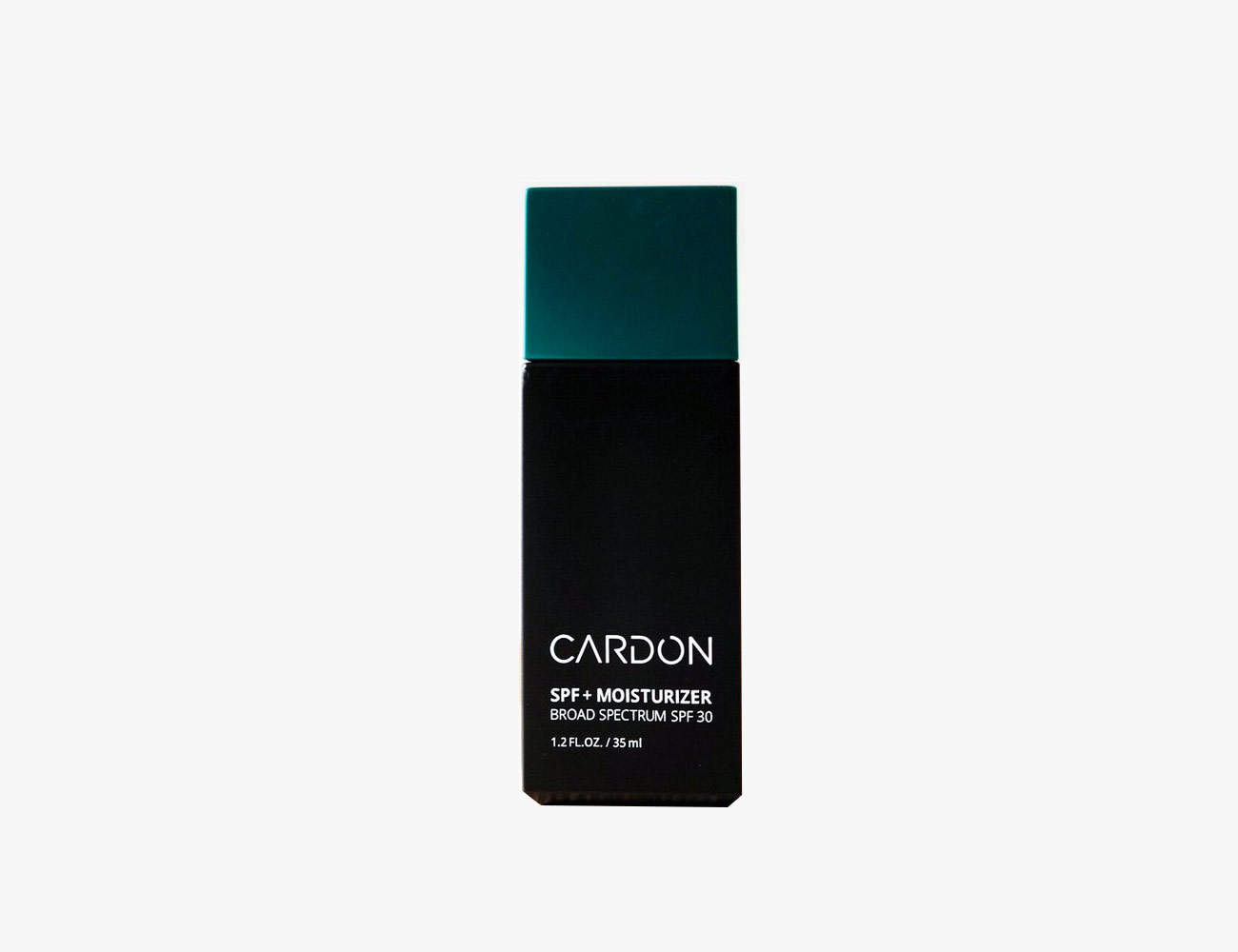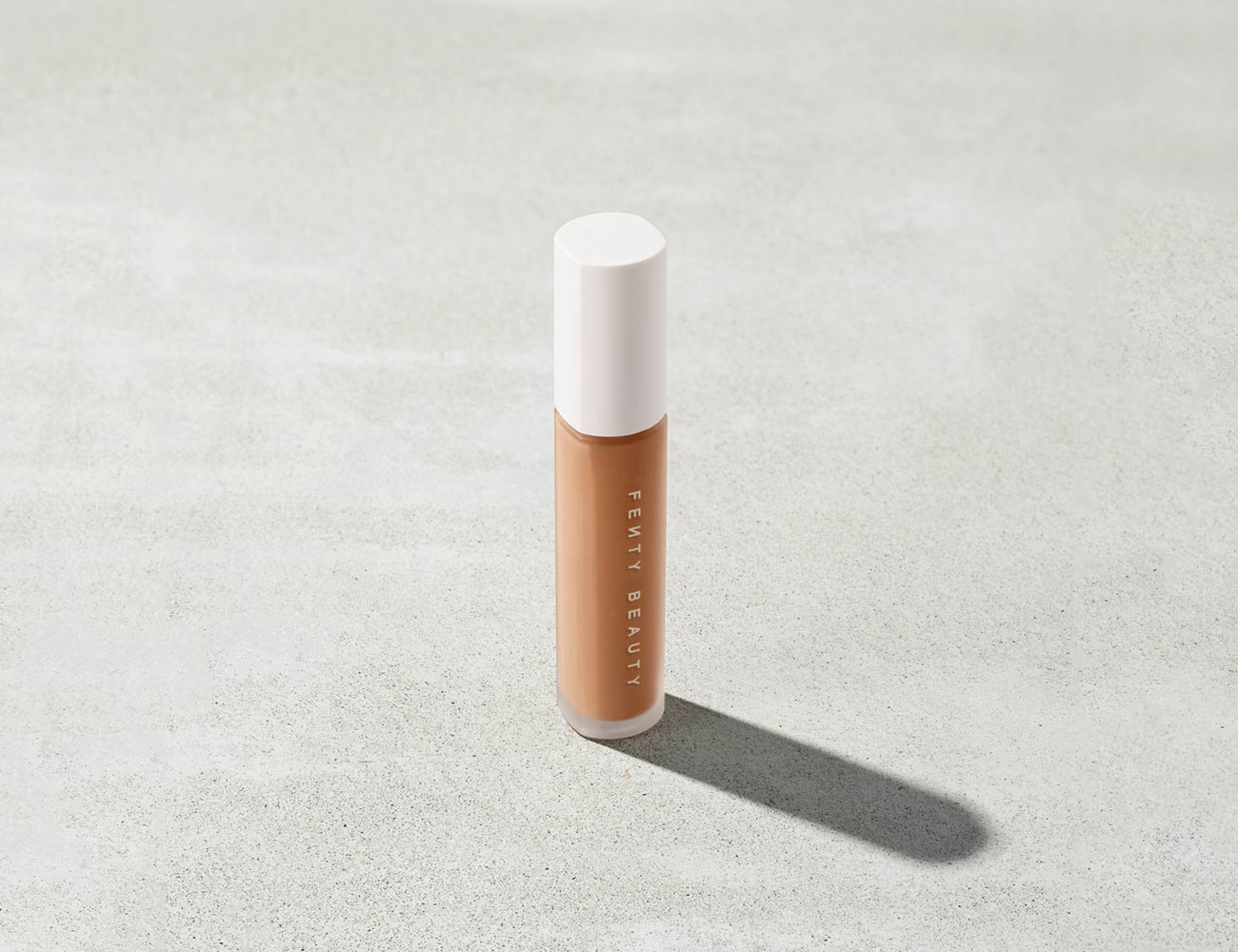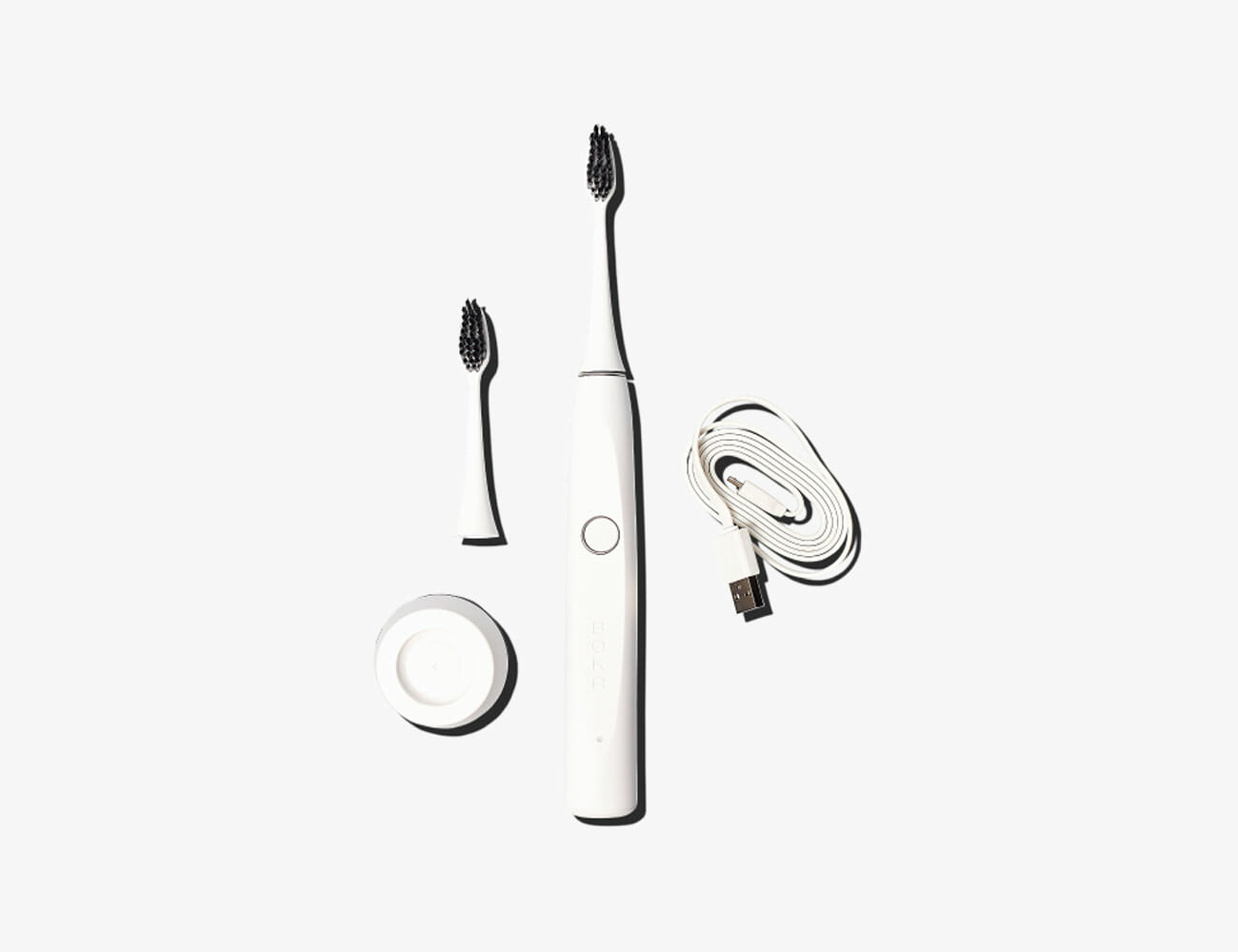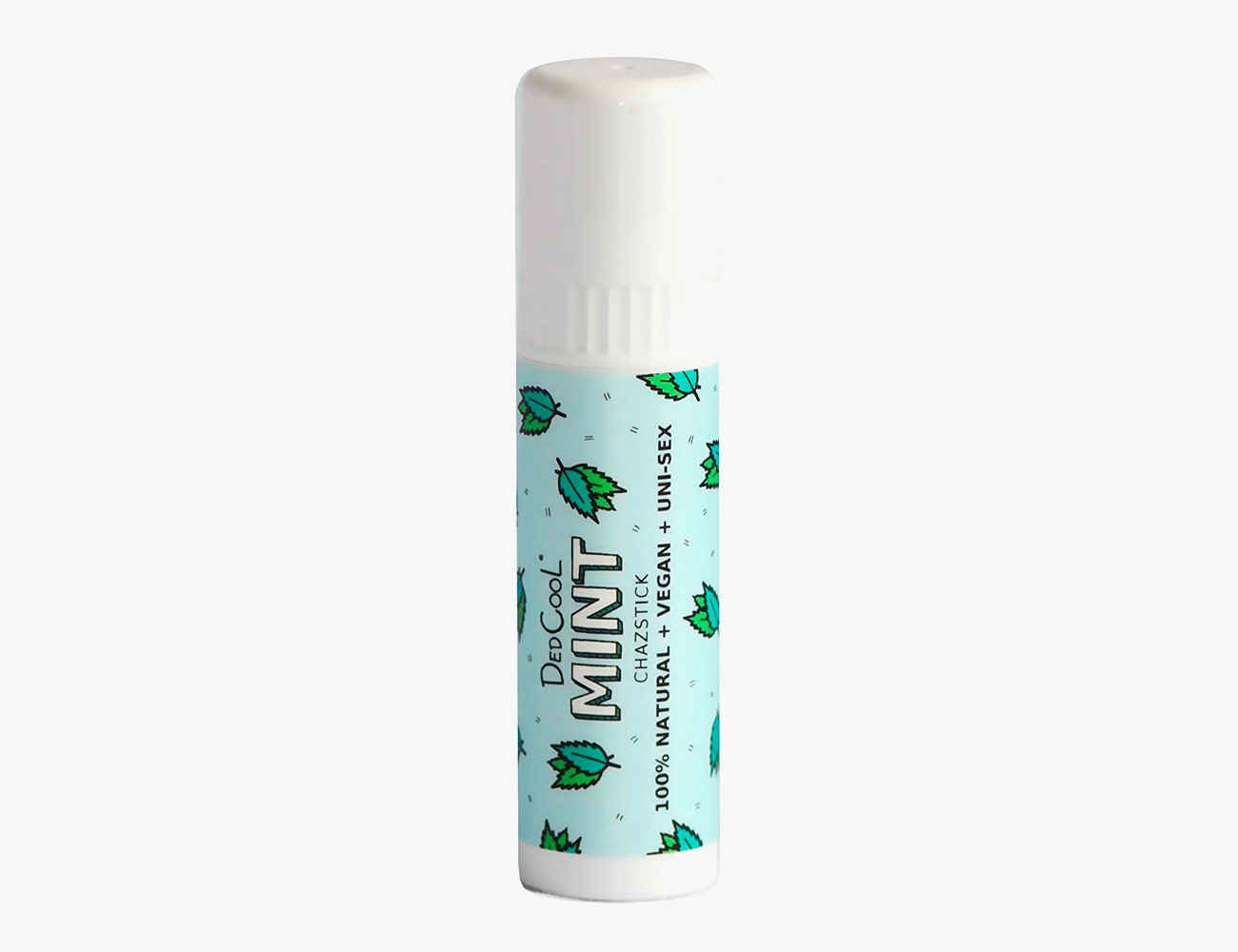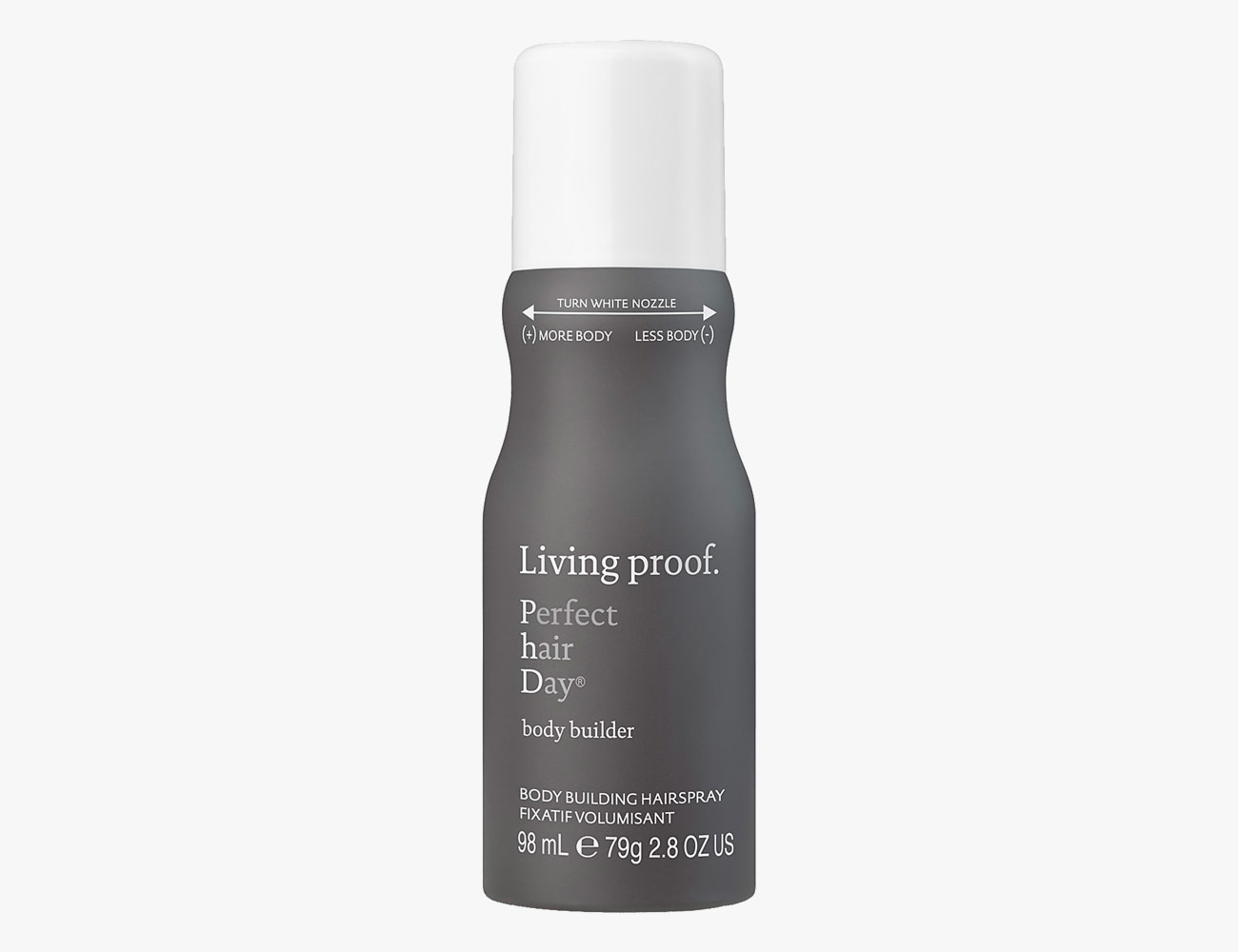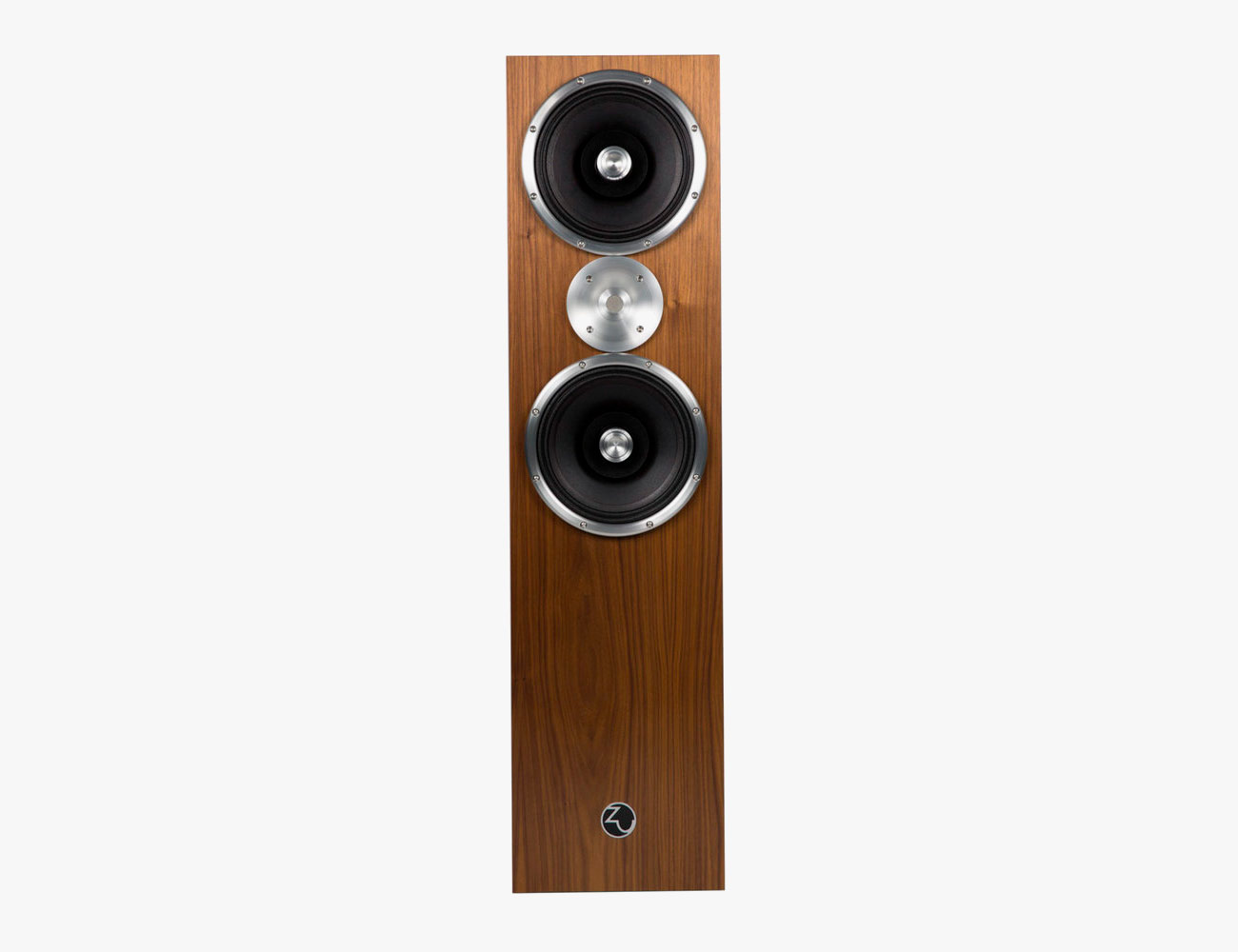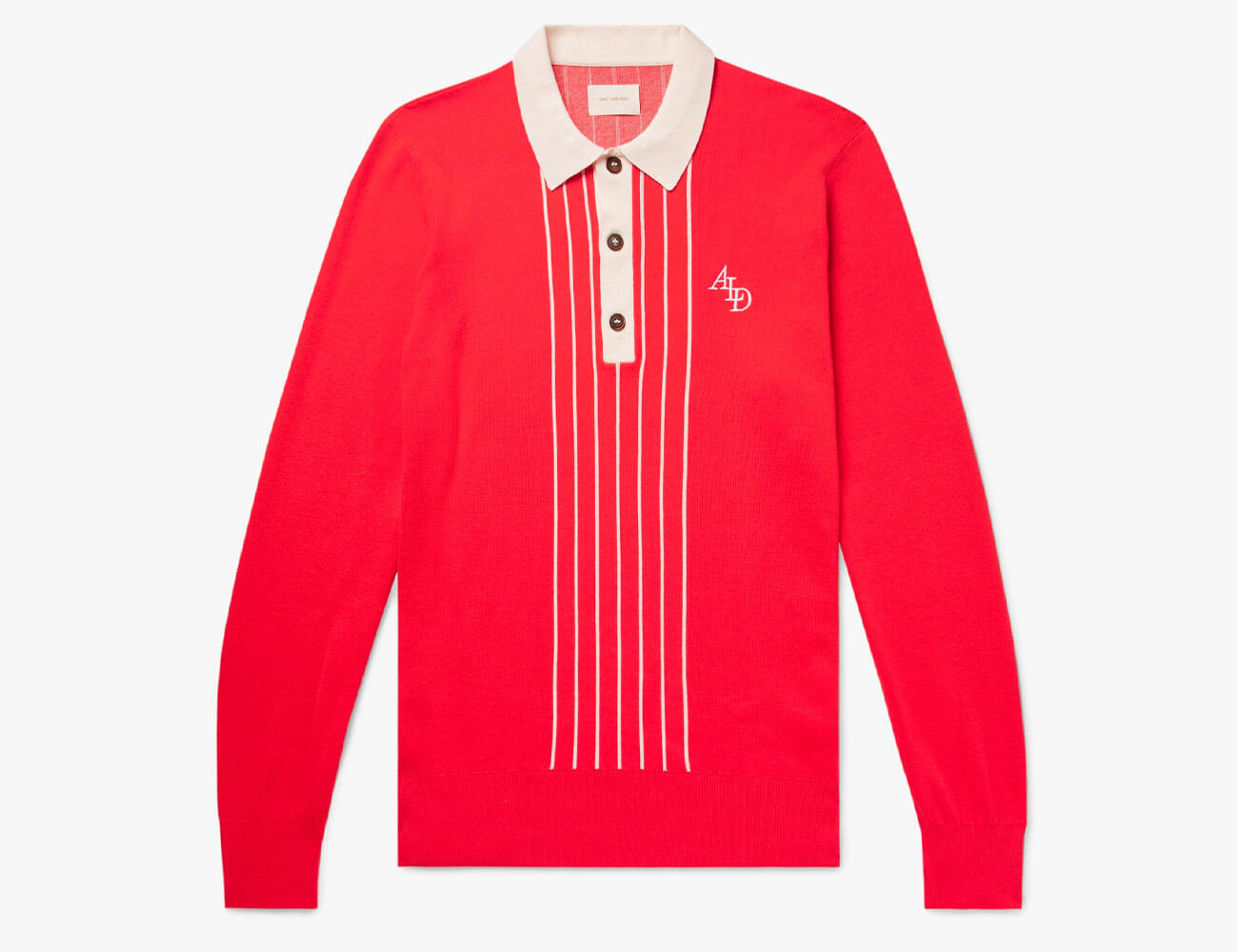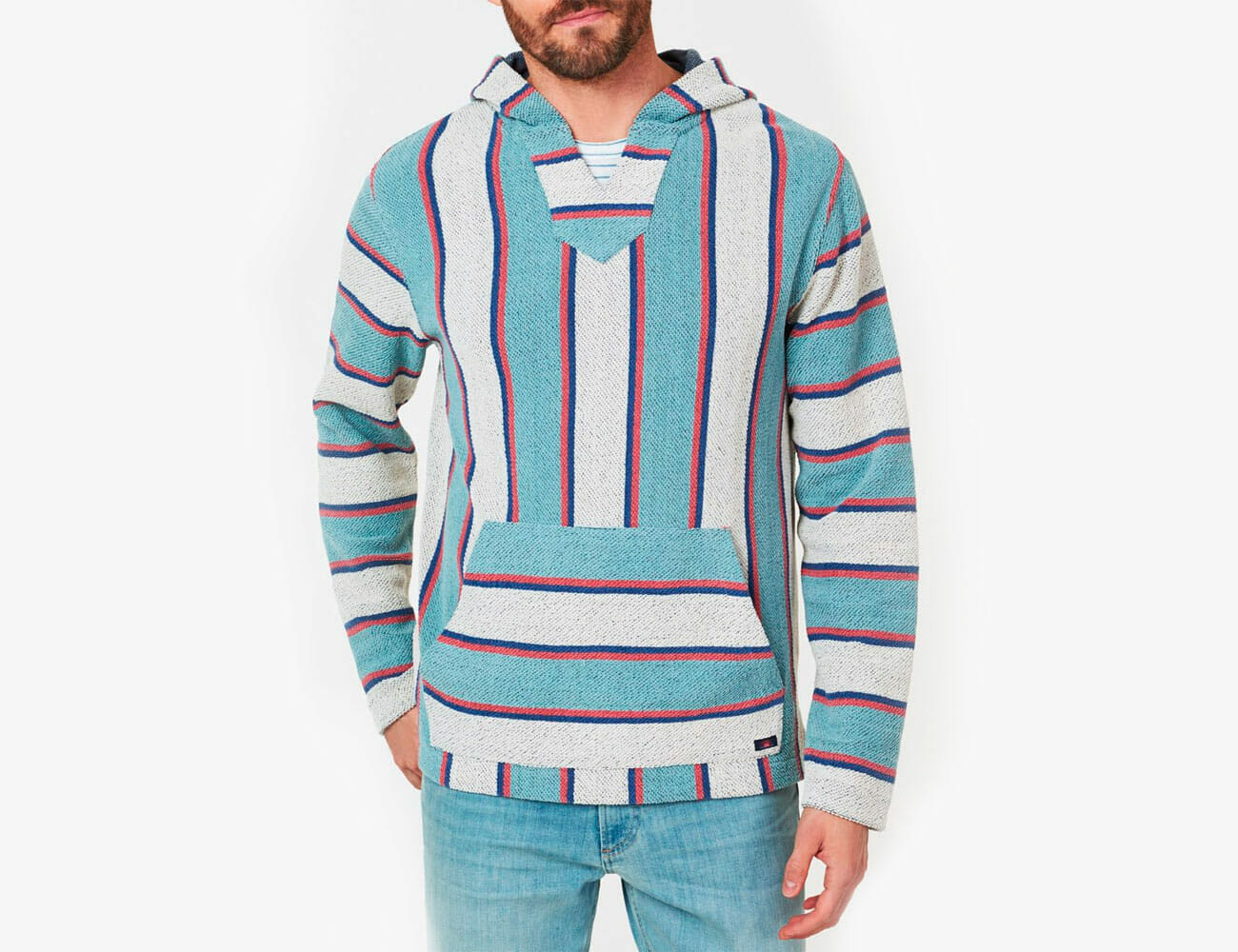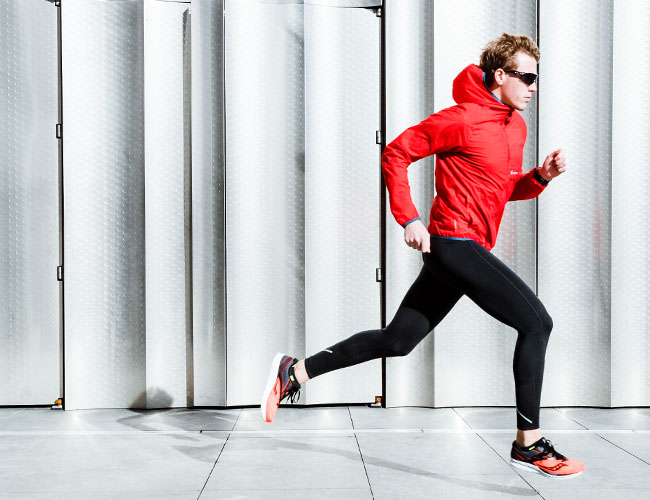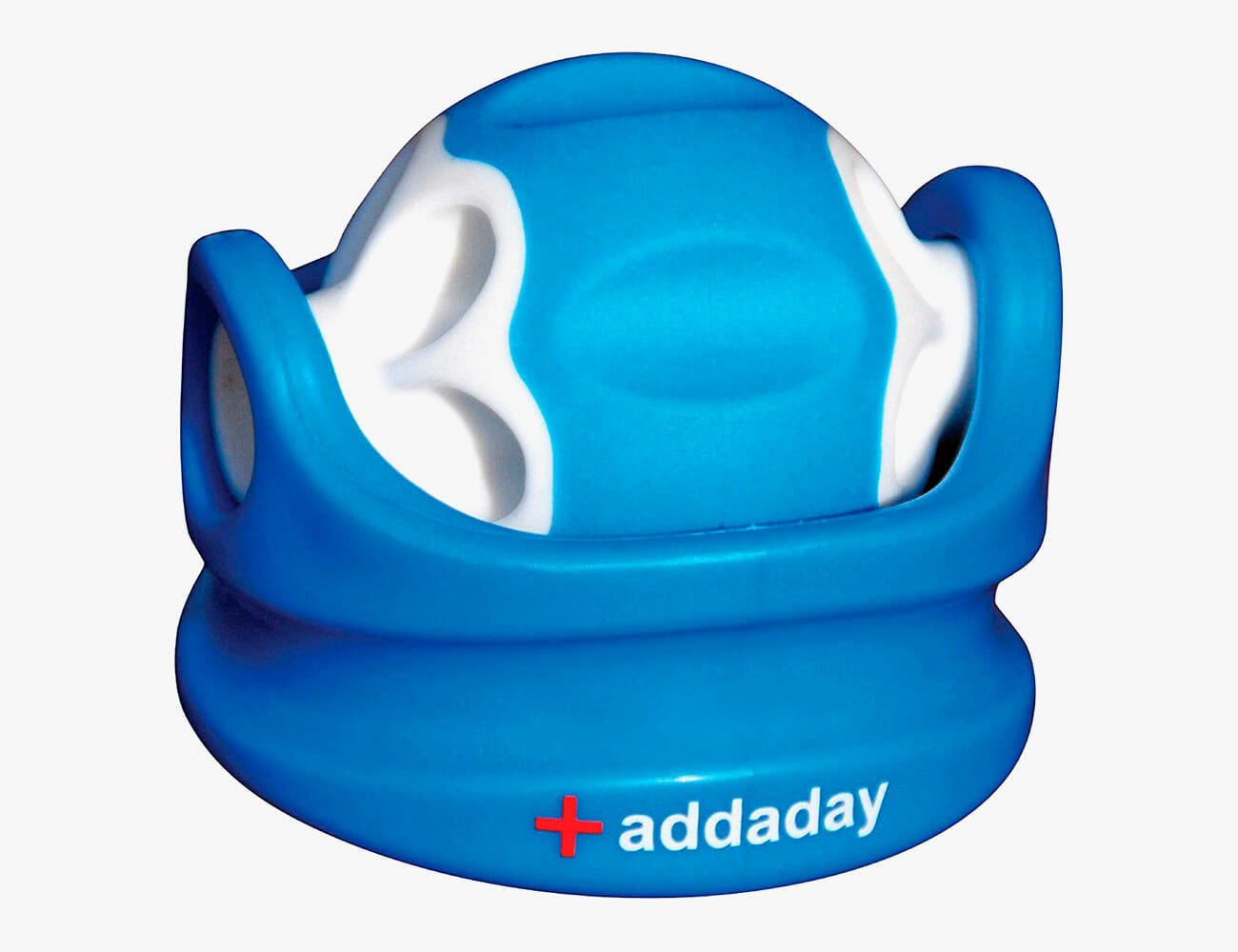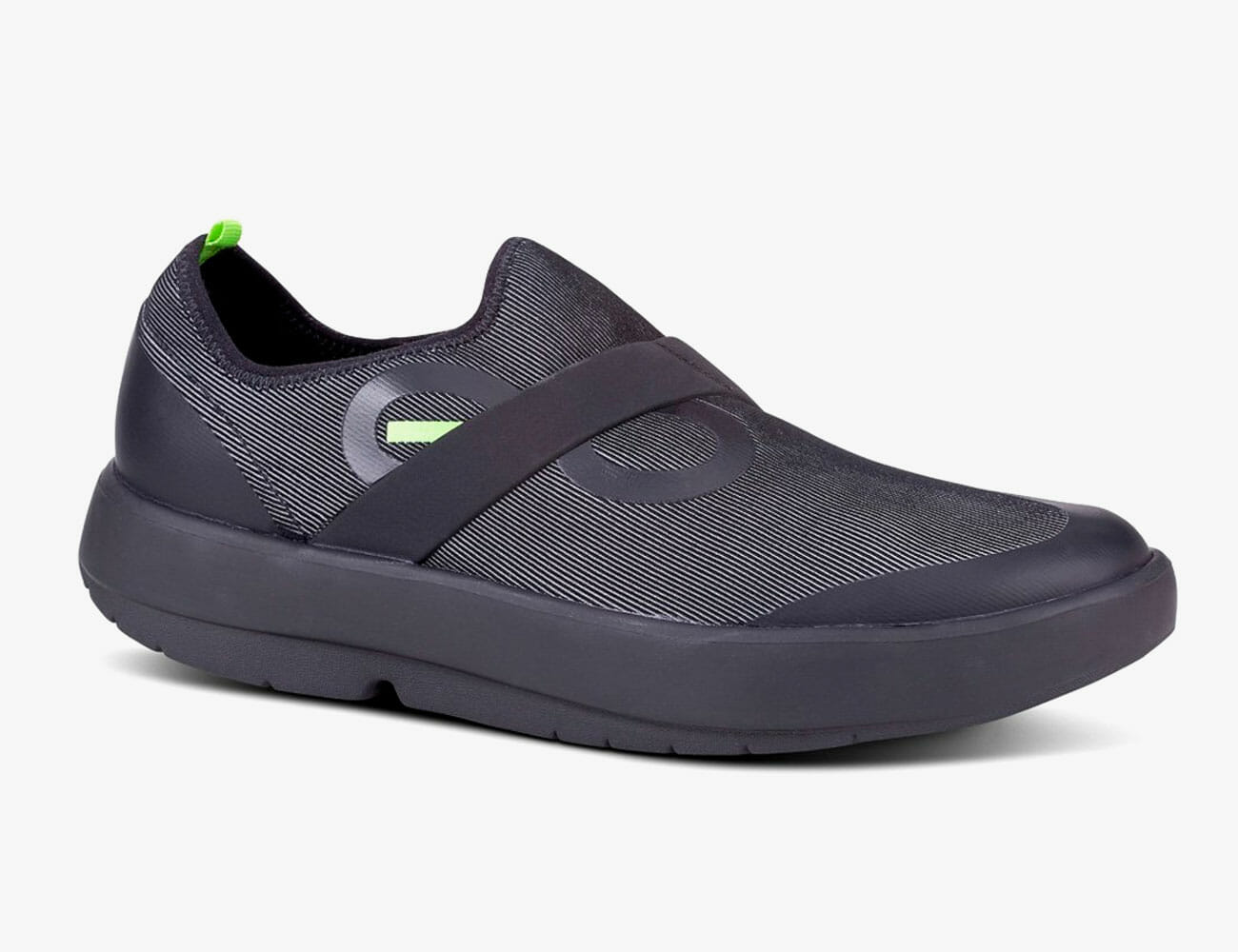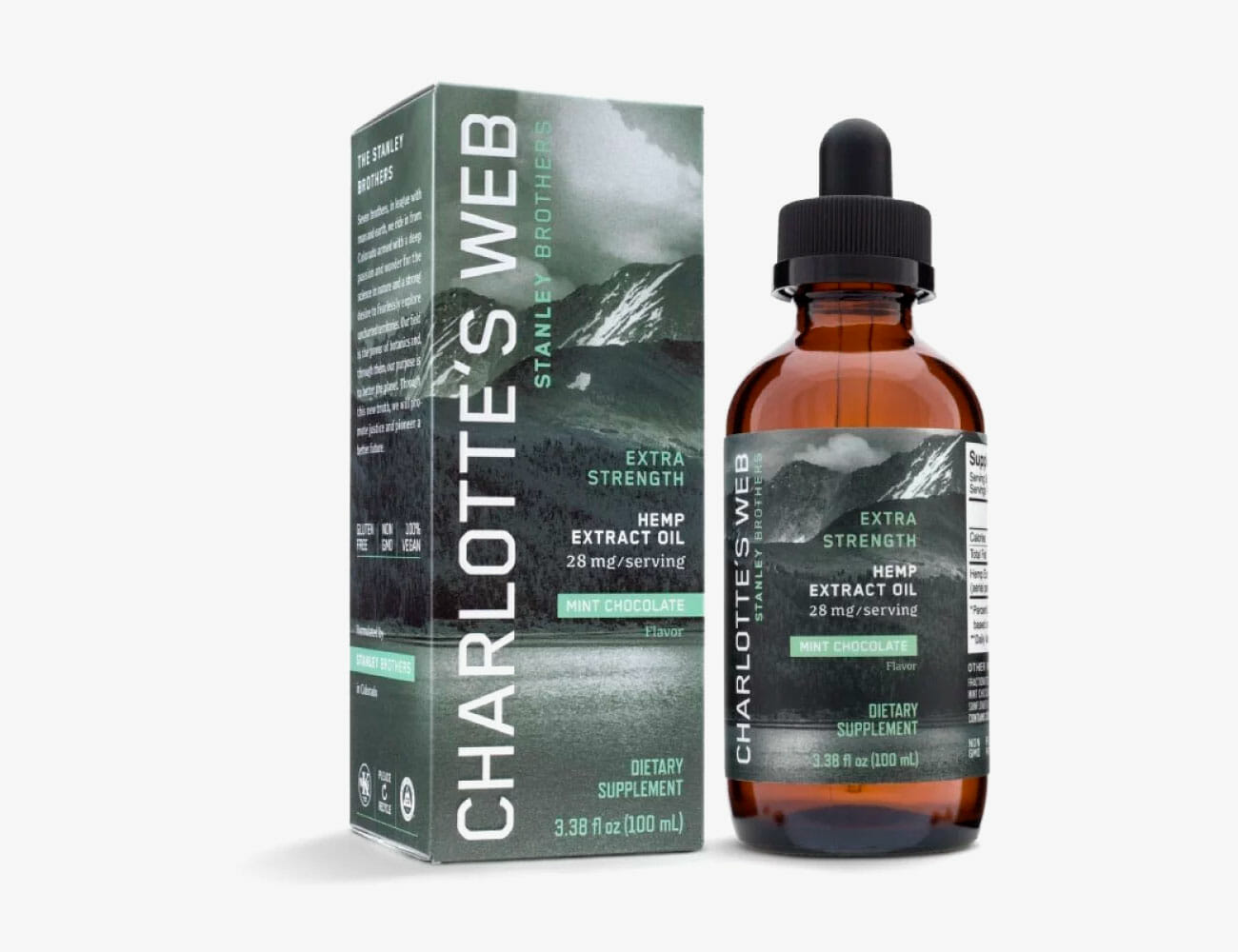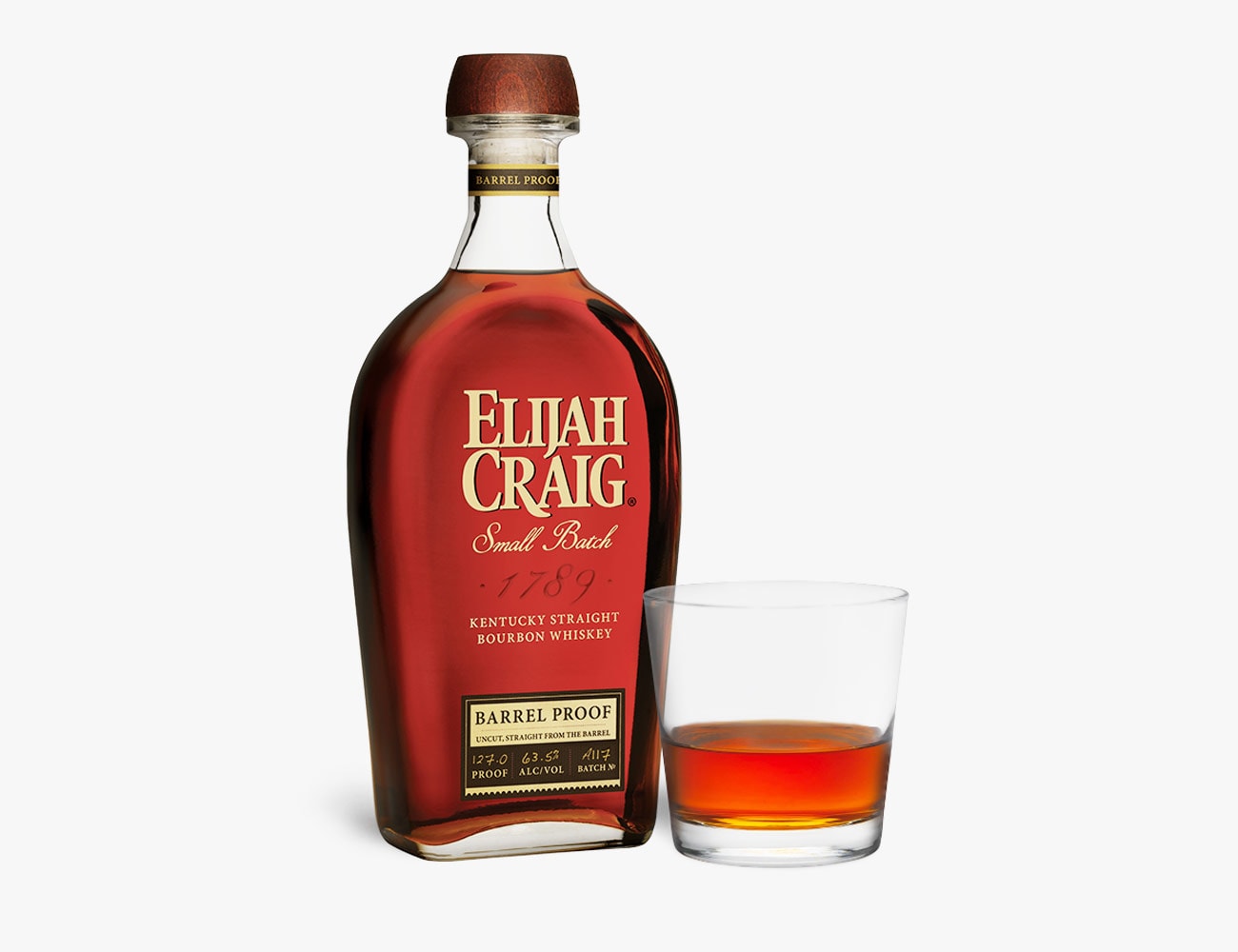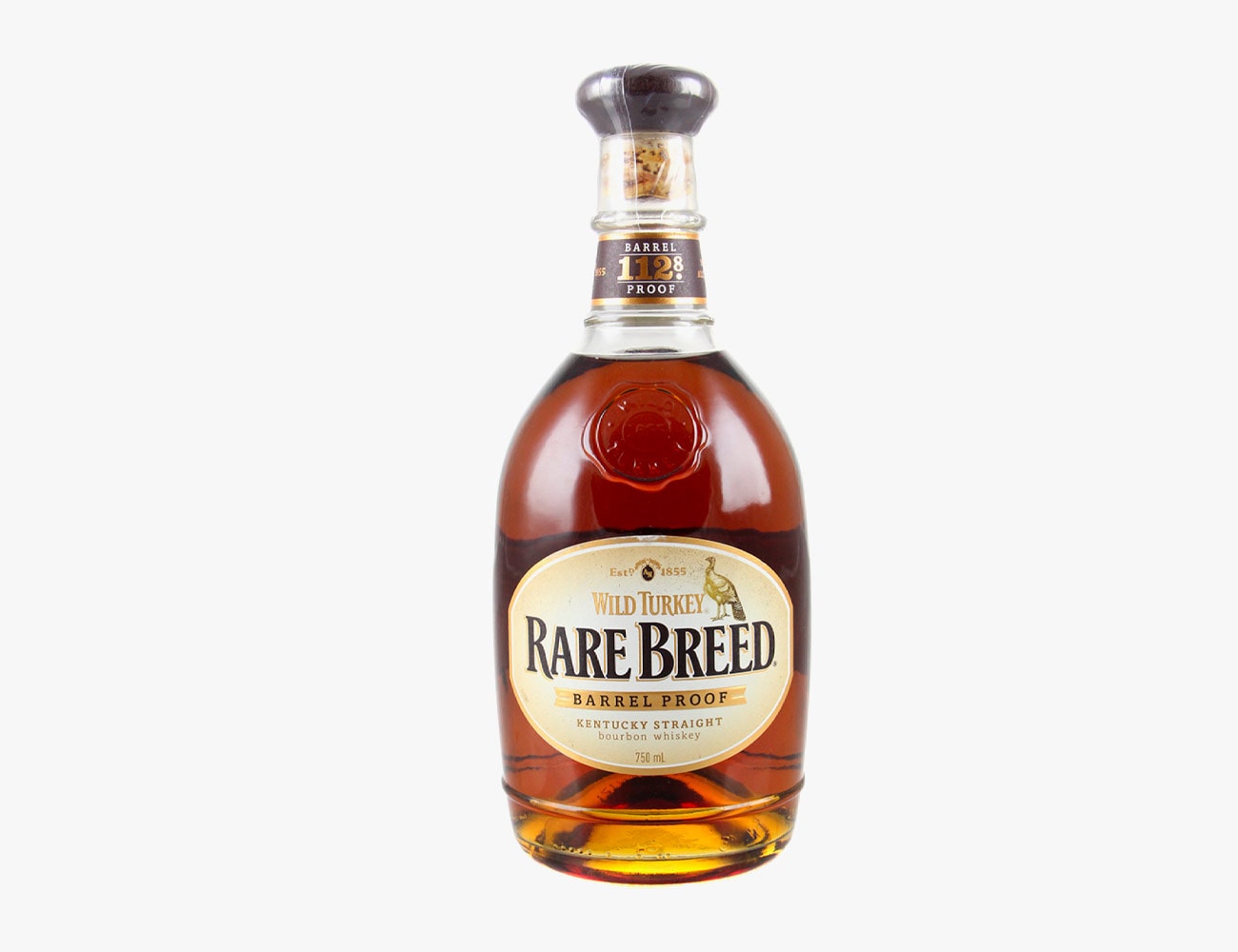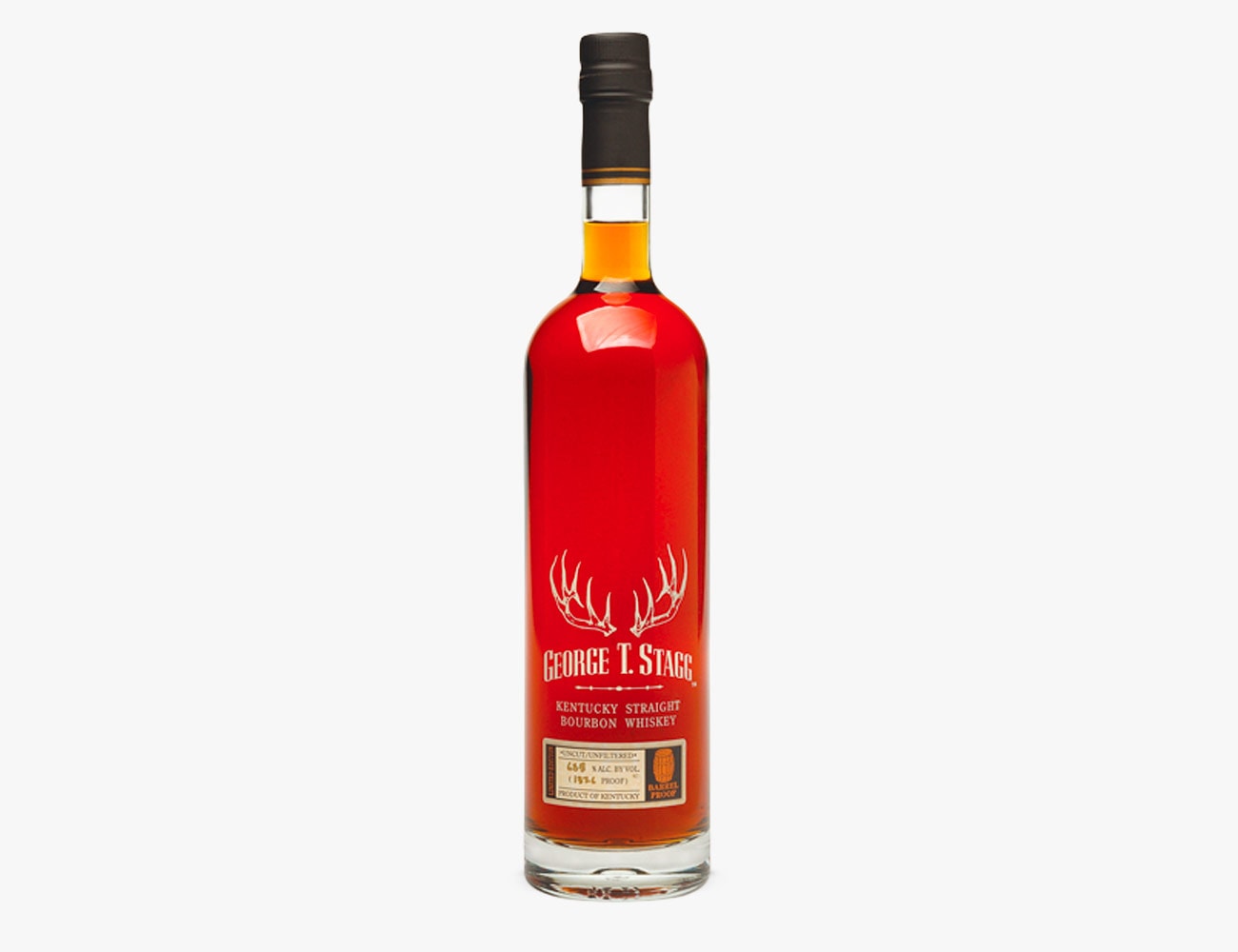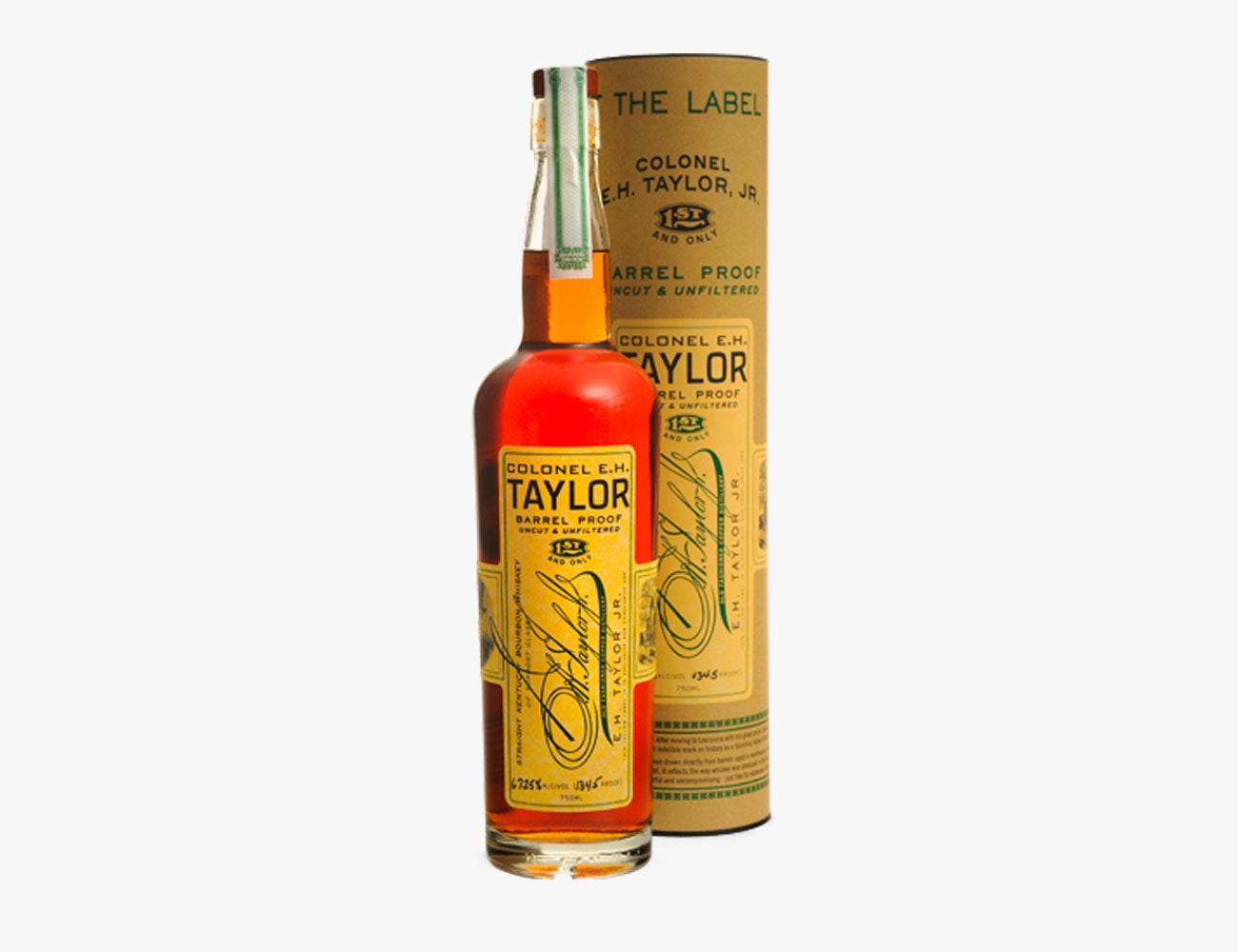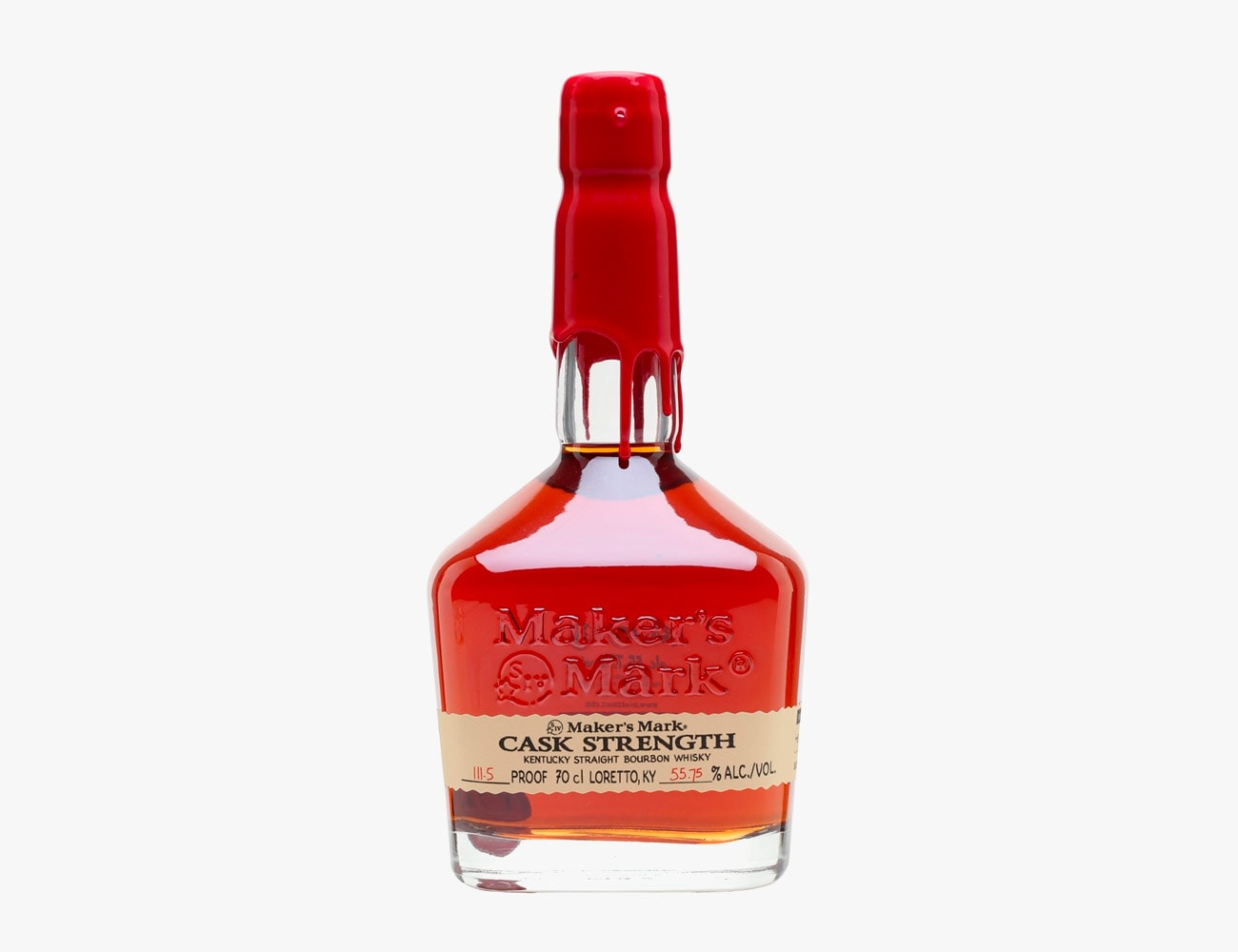If your affection for sound quality has started to compete with your affection for music itself, you may have entered the early stages of audiophilia. Should the condition advance, you will likely become preoccupied with stereo equipment and, inevitably, the sound quality of the recordings you own. Often dismissed as a geeky hobby gone awry, audiophilia actually rests upon a keen phenomenological insight: that aesthetic experiences start with physical events. It follows, then, that optimizing those physical events is an attempt to optimize aesthetic experiences, which, if not entirely cool, isn’t an entirely geeky impulse either.
As one of the most important art forms to arise from the industrial era, the 12-inch vinyl LP – with its perfect running length, natural intermission between sides and meaningful tactility – can deliver thoroughly transcendent analog listening experiences, provided the LP is itself physically optimal. Unfortunately, the likelihood of getting a subpar LP today is far higher than it should be, and a subpar LP will make even the best of stereo systems sound iffy at best.
The Complex Process of Producing an LP
Producing an LP is a multi-stepped process. We’ve separated each of the steps below, each a potential pitfall on the long journey of delivering a high-quality LP.
• Recording: With today’s shrinking budgets, home studios and self-taught engineers, the probability of an exceptional recording using exceptional equipment is lower than ever.
• Mixing down to stereo: ^ Ditto. Plus the demands of mixing for digital streaming have left a generation of mixing engineers bereft of techniques best suited to making analog LPs.
• Mastering the stereo tracks: Mastering is the final polishing of the mixes for commercial delivery. Even many top-notch mastering engineers optimize tracks for digital media, and not for cutting an LP. It’s best to cut an LP from specially prepared masters or from the unmastered mixes.
• Cutting a lacquer disc: The cutting engineer plays the stereo tracks and uses a lathe to cut grooves into a blank lacquer disc. If the cutting engineer is not the dude at the plant who just pounded three beers on his Friday lunch break, but rather a sober and experienced cutting engineer working in a sterile environment on a well maintained lathe, there is hope of a properly cut lacquer. However…
• Producing the blank lacquer disc: In 2013 a bad batch went out from Japan and screwed up cutting sessions around the world. Environmental restrictions on certain chemicals have made modern lacquer production fussier than it used to be.
• Plating: Let’s assume the cutting engineer produced a near-perfect lacquer. Excellent, now the cutter screws the lacquer into a what looks like a medieval torture device and ships it off to an electroplating plant where another engineer sprays the lacquer with silver, dips it in a nickel bath, zaps it, and eventually ends up with two metal plates called stampers. Lacquers are often destroyed in failed attempts to create stampers, and must be cut again.
• Pressing: Let’s assume plating produced clean stampers. The plating engineer packs the metal stampers into another odd looking packaging device and delivers it for pressing. A pressing machine operator installs the stamper onto a huge machine that drops goobers of (what we hope is properly formulated) vinyl onto the metal plates and then squeezes them together just like you’d make waffles. If dust hasn’t found a way in and the vinyl releases cleanly from the metal stampers, we may have an excellent sounding vinyl LP on our hands.
The Records
As one who has overseen vinyl production from microphone to final packaging, I can attest to the Sisyphean nature of making a high-quality LP. The good news is that more than a few labels are doing it, and some are even forging new analog techniques.
Below are ten albums that have miraculously made it past all of the production pitfalls to stand proudly as some of the very best sounding 12-inch vinyl LPs currently available. Whether you dig the music or not, spinning any of these LPs will give you a good idea of what your stereo rig is capable of. Chances are, however, that at least one of these LPs will transport you to the quasi-psychedelic glory land of vinyl at its best.
Harvest, Neil Young

The grandfather of grunge is one of the most outspoken advocates for great sound quality, and his masterpiece Harvest may be the main reason he wants your stereo and source not to suck. This edition, cut directly from analog masters and pressed in 180g vinyl, brings Neil and his tasty Nashville studio group into your living room. Check out the hi-hat overdub on “Heart of Gold,” added months after the song was tracked, and tolerate the hyperbolic “A Man Needs a Maid” because it’s a 26-year-old Neil live at the piano with the London Symphony Orchestra over his shoulder.
Key Specs
Label: Reprise Records
Series: Neil Young Archives Official Release Series (ORS)
Format: 180g black vinyl, gatefold
Source: original analog masters (no digital conversion)
Cut: Chris Bellman at Bernie Grundman Mastering
Plated and Pressed: Pallas Group, Germany
Tomorrow’s Harvest, The Boards of Canada
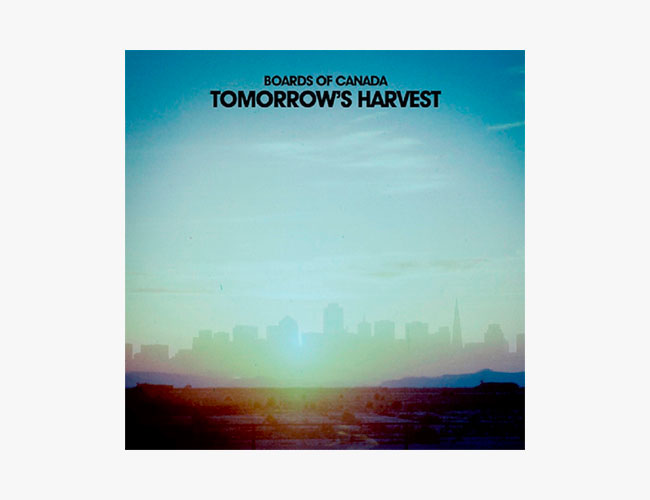
It’s rare that a modern synth record will translate onto vinyl as well as this set of retro-electroica from the analog-obsessed Boards of Canada. Every swishy filter sweep, grinding bass tone, and live drum beat is rendered with sculptural realism. You’ll find yourself sitting up straight in the sweet spot and admiring your rig’s bass response and mid-range articulation as these moody, dystopian tracks chronicle our fast-changing world.
Key Specs
Label: Warp Records
Series: standard release
Format: 180g vinyl, double disc in gatefold
All other info is unavailable.
Maggot Brain, Funkadelic
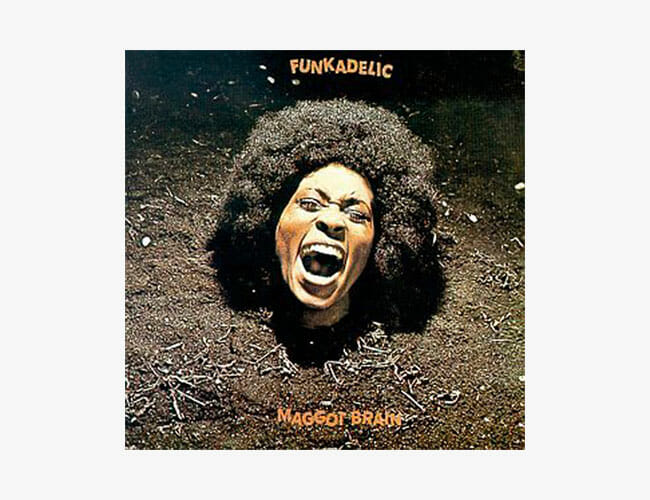
The ten-minute, Hendrix-trouncing guitar solo that opens this LP is so raw, so up-in-your-face, and so far off to the right channel that it sounds like Eddy Hazel set his amp up in your house. When the band comes in, you’ll hear exactly why the 1970s are still regarded as the heyday of the recording arts, as well as unbridled drug use. Sounds are crunchy and warm and a million light years away from today’s sterile digital soundscapes. Consider a seat belt.
Key Specs
Label: Westbound Records
Series: 4 Men With Beards issue with permission from Westbound
Format: 180g black vinyl, single disc in gatefold with essay
All other info resides on The Mother Ship.
Concerto for Orchestra, Bela Bartok

Of all the version of this masterpiece on vinyl, this one recorded in the mid 1950s with Fritz Reiner waving the baton at The Chicago Symphony Orchestra is the gold standard. When the low string drone starts the first movement, turn up the volume and brace yourself for a long slow crescendo up to the brass fugue that, on a great stereo, will make The Who sound minuscule. Reverb is natural and astonishingly well suited. Acclaimed mastering engineer Ryan Smith cut this one directly from the original analog master tapes, and Quality Record Pressings (QRP) here in the USA pressed it flawlessly.
Key Specs
Label: RCA Records
Series: RCA Living Stereo Series from Analogue Productions
Format: 200g black vinyl
Source: original analog master tapes
Cut: Ryan Smith
Plating and Pressing: Gary Salstrom, QRP
The Four Seasons Recomposed, Max Richter with the Berlin Orchestra
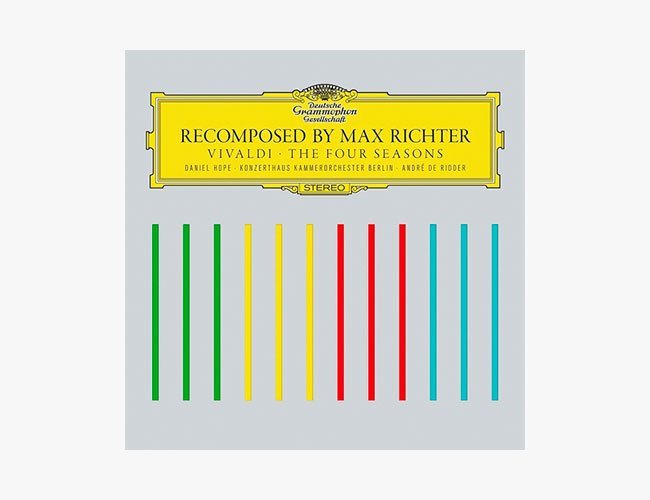
By side three of this two-disc set, Max Richter has taken us from a crystal clear and quintessentially German orchestral recording of Richter’s take on Vivaldi into an entirely electronic soundscape. The sound quality throughout is modern and precise without succumbing to brittleness. That’s quite an accomplishment, but shouldn’t surprise fans of Deutsche Gramaphone’s modern records.
Key Specs
Label: Deutsche Gramaphone
Series: standard issue
Format: dual 180g black vinyl discs in cut-out gatefold
Source: original mixes by Neil Hutchinson and Max Richter
Mastering: Mandy Parnell at Black Saloon
Cut: Mandy Parnell on a Neumann lathe
Plating and Pressing: N/A
Monk, The Thelonious Monk Quartet

The simple grammar of Frankie Dunlop’s drum intro eventually interlaces with Monk’s abstract expressionism on piano, Charlie Rouse’s economical tenor sax, and John Ore’s swinging bass to form one of the most vibrant live jazz records ever laid down. Rendered in glorious mono, you’ll have nothing but an incredible center image of the 1963 set from Copenhagen to remind you, as only Monk can, that sometimes less is way more. This LP is 100-percent analog from start to finish.
Key Specs
Label: Gearbox Records
Series: Future Analog
Format: 180g black vinyl
Source: AAA = analog recording, analog mix, analog master
Mastering: Darrel Shienman on a Haeco Scull lathe with Westrex RA1700 series amps, 3DIIA cutting head, Telefinken U73B tube limiter and Decca valve EQ.
Natty Dread, Bob Marley & The Wailers

Sometimes a musician and their songs are so iconic that sound quality barely registers beneath their glory and fame, but Bob Marley and the Wailers did not fuck around in the studio. Perfect panning and a delicately balanced mix allow the deep grooves and even deeper emotions to come forward in equal measure. To celebrate what would have been Bob’s 70th birthday, all of his albums for Island Records have been faithfully reproduced in fresh new 180g pressings, but Natty Dread’ has the most compelling 1970s sound quality.
Key Specs
Label: Tuff Gong / Island / Universal
Series: 70th Anniversary Reissue
Format: 180g black vinyl
All other info is unavailable. Marley’s releases are notoriously varied across markets and poorly documented, which is half the fun.
Revolver, The Beatles

Staying up into the wee hours with Australian-born, LA-based record producer Andy Baldwin (Bjork, Nick Cave, etc) trying to decide which Beatles record sounded the best brought a unanimous vote for Revolver. In Baldwin’s words, “Oh, mate, it’s just like you could pet the guitar tone, like a cat, sitting just there.” Both the stereo and mono versions sound incredible, but the Fab Four would prefer you listen in mono as God intended. Go ahead, pet it.
Key Specs
Label: EMI
Format: 180g mono vinyl (mono and stereo available)
Series: All-Analog Project
Source: mono from original 1/4” master tape; stereo from 192kHz digital transfers
Mastering: cut at Abbey Road Studios by Magee and Berkowitz using the original analog chain from the 1960s
Plated and Pressed: Optimal, Germany
Shady Grove, Jerry Garcia and David Grisman
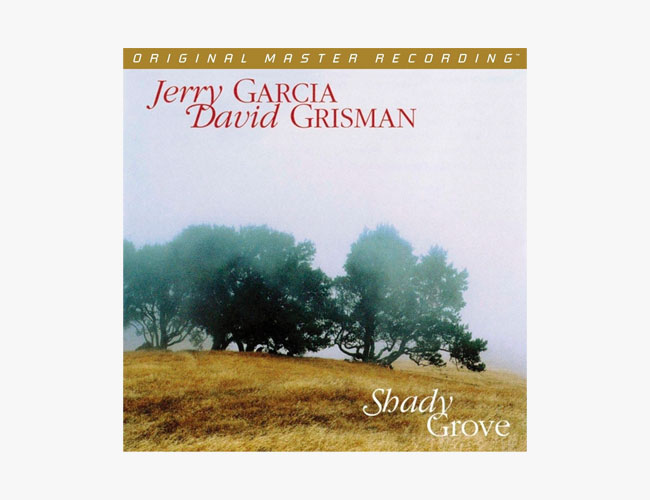
Two old friends, an acoustic guitar, a mandolin and a few mics. This LP is naked in the best way possible. Grisman convinced Garcia to put heavy strings on his guitar, and the result is Uncle Jerry struggling just enough to get his best acoustic guitar tone ever laid to tape. Newly cut to 180g vinyl from the original analog tapes using Mobile Fidelity’s GAIN 2 Ultra Analog process, your stereo will seem as naked as the recording itself.
Key Specs
Label: Mobile Fidelity Sound Lab
Series: GAIN 2 Ultra Analog™
Format: 180g vinyl on two discs with full sized booklet
Source: original masters
Cutting: GAIN 2 Ultra Analog system
Plated and Pressed: N/A
Portrait in Jazz, The Bill Evans Trio

If you’re going to drop $125 on a single LP, then it ought to blow your mind, and this one will. Recorded in 1960, the fidelity of this LP has yet to be topped. Paul Motian’s ride cymbal sounds like Champagne bubbles sliding down the throat of Audrey Hepburn in a black sheath dress, while LaFaro’s bass steps forward to create the modern standard for jazz bass recording. Evans’ piano tone approaches perfection. Cut using a unique one-step process that skips plating all together, this LP will either make you very proud of your stereo rig or have you out shopping for upgrades – which is always fun.
Key Specs
Label: Mobile Fidelity Sound Lab
Series: Ultradisc One-Step
Format: 180g black vinyl
Source: original tapes
Cutting: done via the one-step process which creates a unique lacquer stamper
Plating and Pressing: no plating involved (see above)
Note: Purchasing products through our links may earn us a portion of the sale, which supports our editorial team’s mission. Learn more here.



